This drawing of Bonifacio by John Minton is one of his many illustrations from Time Was Away: A Journey Through Corsica by Alan Ross, and it was pretty much the same view that greeted us when finally we inched our way into town. The queue of traffic snaked down the hill to the harbour, known variously as the Port de Commerce, Port de Pêche and Port de Plaisance. We crawled our way along the narrow street, passing parking complet signs at every turn, climbing steeply beneath the walls of the Haute Ville and up to the ancient citadel, past the multi-storey tenements and beyond the empty barracks to the last car park at the end of the peninsula, a windy harbour high on the Bosco.
Our walk back into town overlooked the Goulet de Bonifacio, a narrow fjord which, ideally, according to Homer in Book X of the Odyssey, is the most dramatic way to approach the town:
Here we found a curious bay with mountain walls of stone to left and right, and reach far inland,
a narrow entrance opening from the sea where cliffs converged as though to touch and close.
But our route was safer. We were neither bombarded with boulders nor speared like fish by cannibals.
Bonifacio (Bonifaziu, 2683 inhab.) is totally unlike any other town in Corsica, of which it is the most southerly – and indeed the most southern town in all of France.
To the north is an extensive region of scrub (garrigue) growing on the inhospitable granite which in the past effectively shut off Bonifacio, set apart on a mighty plinth of limestone and chalk, from the rest of the ‘granite island’. The nearest town is the Sardinian port of Santa-Teresa di Gallura, 12km across the Straits of Bonifacio, while the nearest Corsican town, Porto Vecchio, is 27km away. There is a special Bonifacien dialect derived from ancient Ligurian and not often understood by Corsicans from other districts.
The town is built on a long promontory whose cliffs fall sheer to the sea. Between the promontory and the mainland to the north is a fjord 1600m long and 100-150m wide. This is Bonifacio’s traditional port.
Roland Gant: Blue Guide Corsica
The view south, looking towards Sardinia from Escalier du Roi d’Aragon.
Looking east from Place du Marché to the limestone stack known as the Grain de Sable.
Time Was Away: John Minton
We left the old town via Porte de Gênes and descended to Col Saint Roch.
We looked out to sea and waved at Sardinia.
We looked back and Bonifacio was floating above us.
We walked the coast path until Bonifacio hovered over the sea.
La Sous Falaise
We retraced our steps and climbed back into town.
Montée St Roch
Loggia of the Church of Sainte Marie Majeure
Chemin de Ronde of the Citadel
Loggia de l’Arsenal
Cimetière Marin
An iron gate, half open by the ruined monastic buildings, tempted my curiosity. I pushed through the mass of pink climbing geraniums to find myself in the cemetery, a miniature city of the dead. The family tombs, arranged in streets and crescents and squares, were more elaborate than any family home; microscopic palaces with domes and broken pediments and Corinthian columns and pilasters, statues and urns and double-curving stairways. Every frivolity of architecture has been attempted here, as though to compensate the dead for the harsh struggle of their lives: red and yellow tiled Moorish cupolas surmount Grecian porticoes, Gothic spires top Renaissance doorways, one baroque facade carries Egyptian heads at the angles of its cornice. But most of these fanciful mausoleums were far gone in decay; everywhere white plaster had fallen into the white earth; poppies sprang from the dust in the untrodden streets and neglected peristyles, putting to shame the rusted wreaths of metal funeral flowers. Abandoned by the living, the place seemed also free of the dead; their bones, surely, had fallen out of their mouldering coffins and collapsing tombs, become indistinguishable from the chalk and plaster, bleached and purified by the tireless winds and the daily visit of the sun.
Dorothy Carrington: Granite Island, A Portrait of Corsica
※
We didn’t manage to get a boat trip but I found some great offshore photos of Bonifacio here.


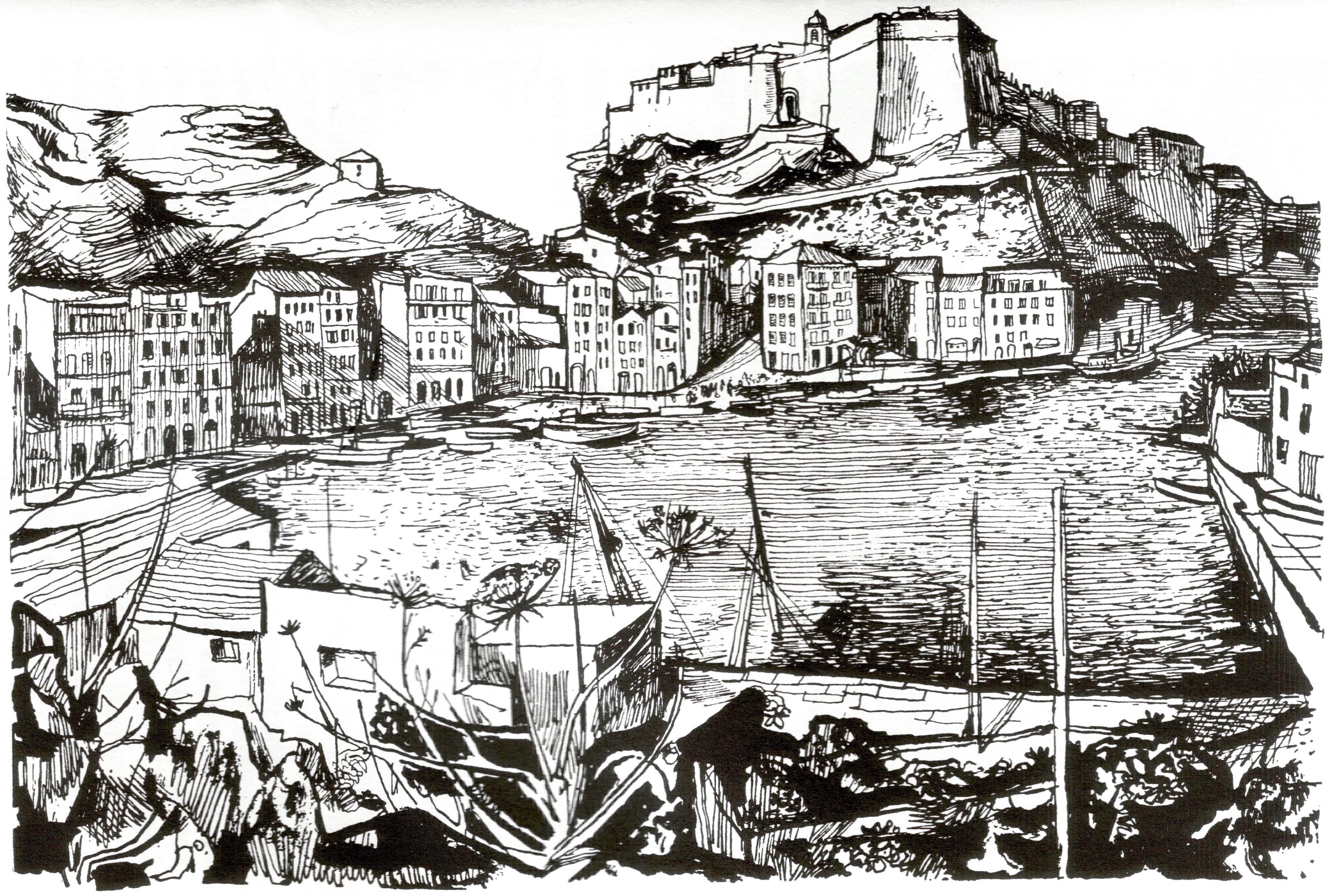
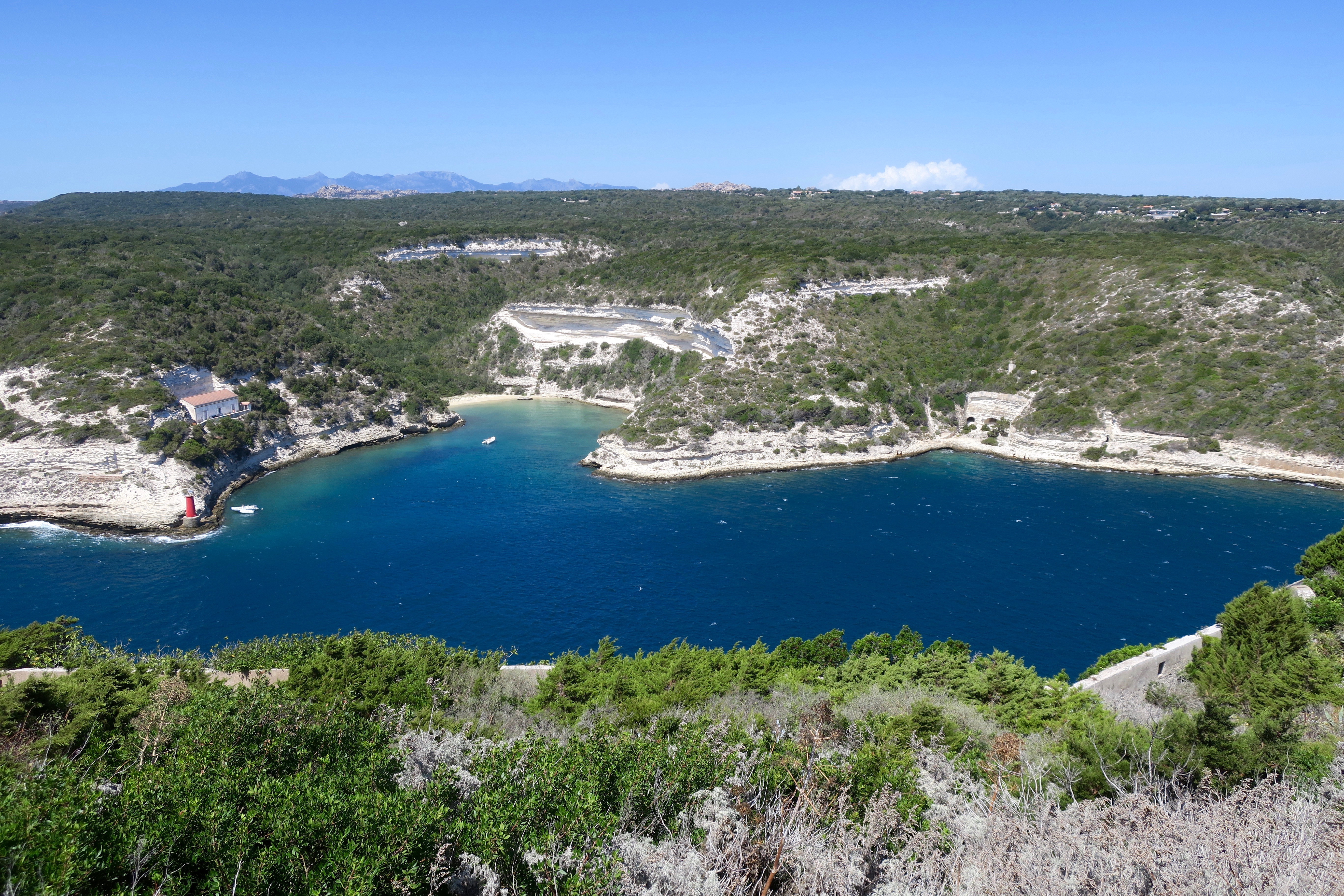
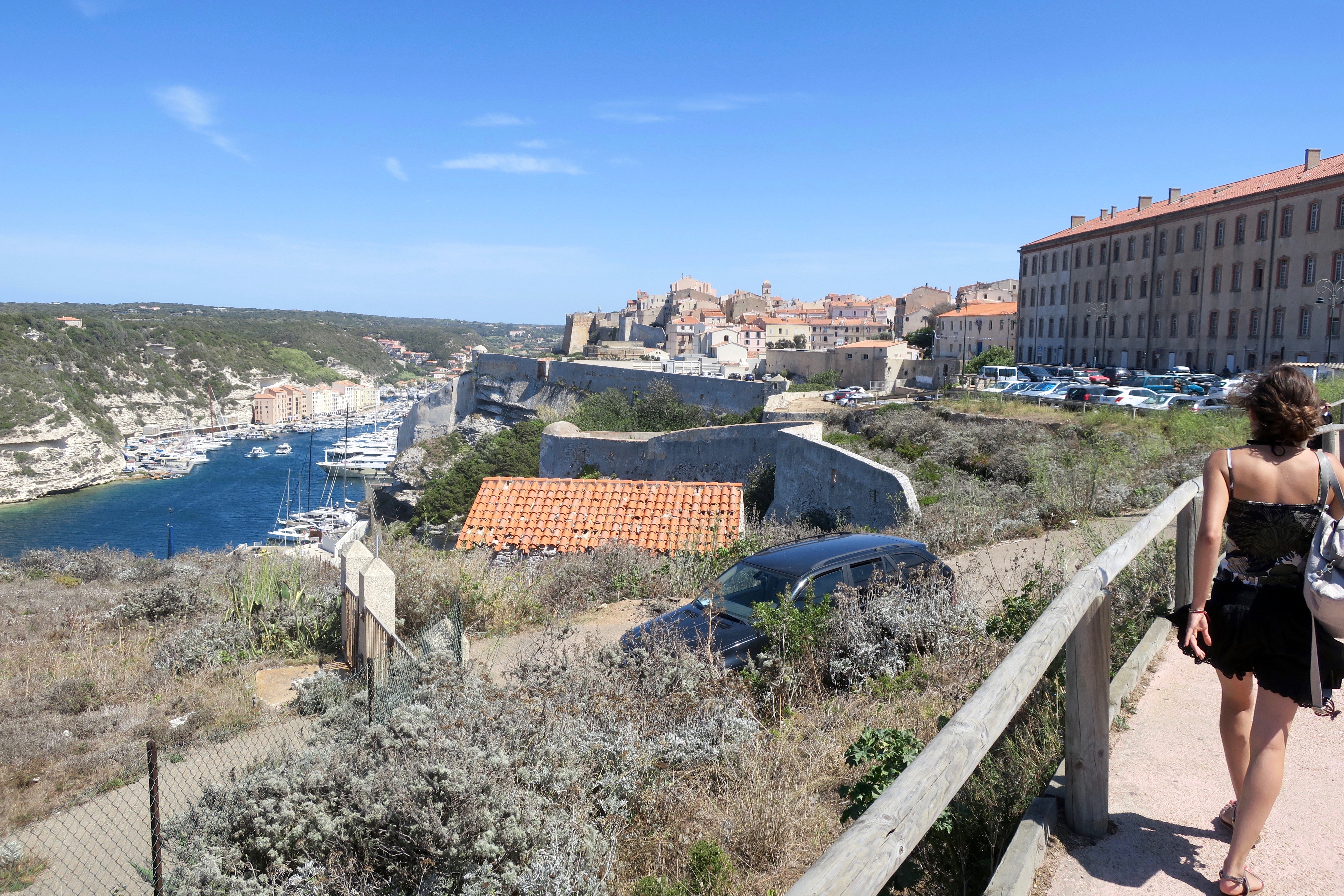

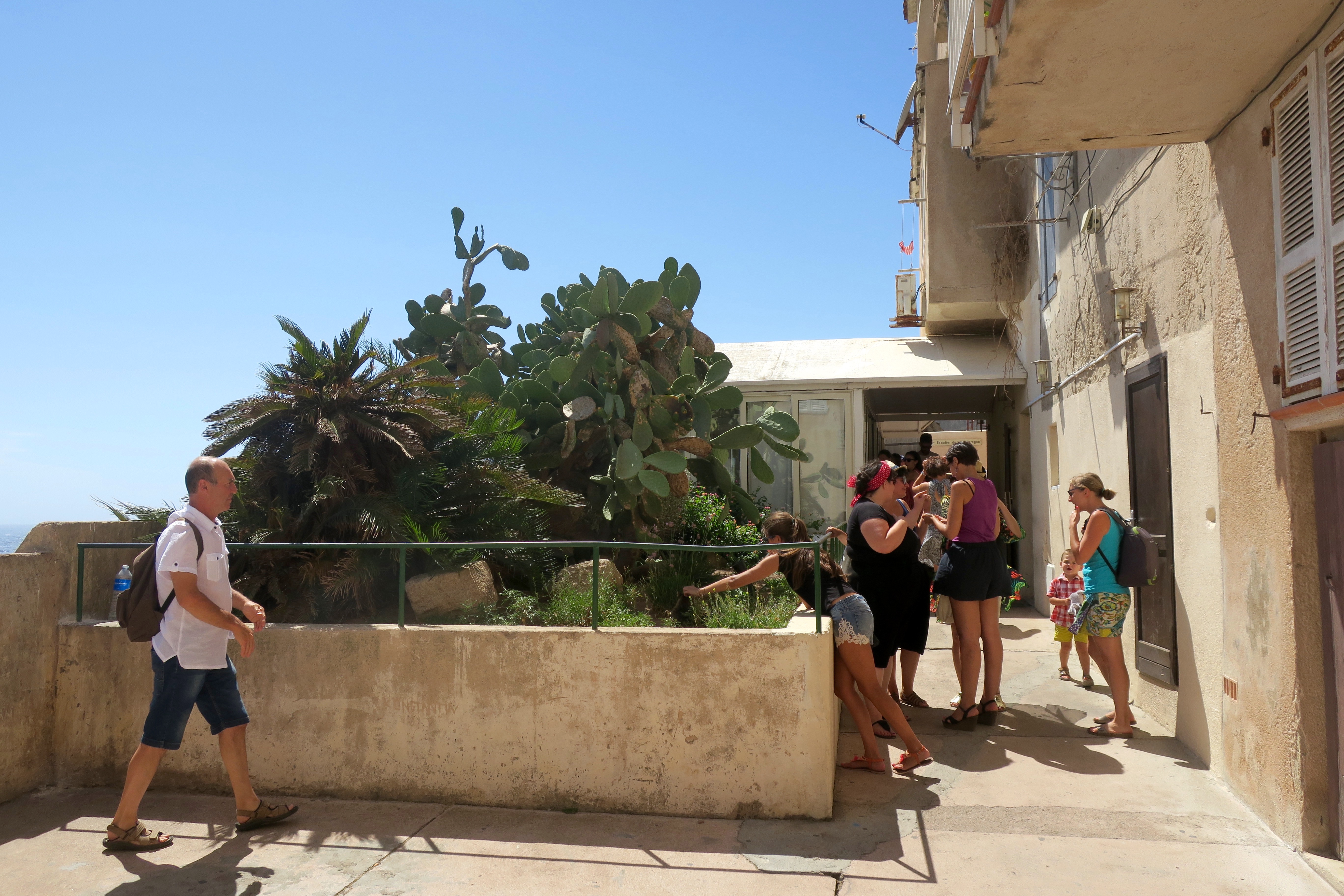
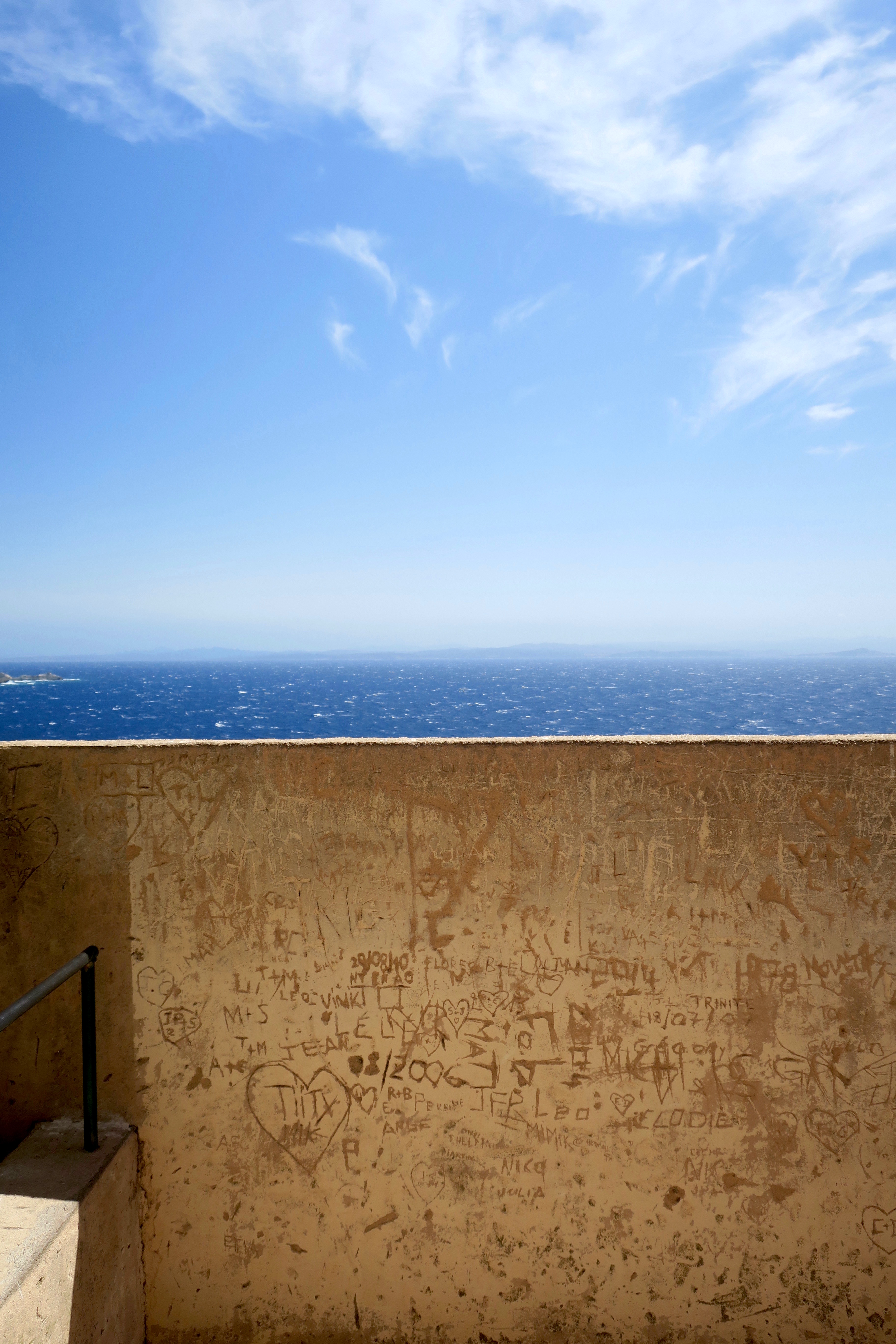


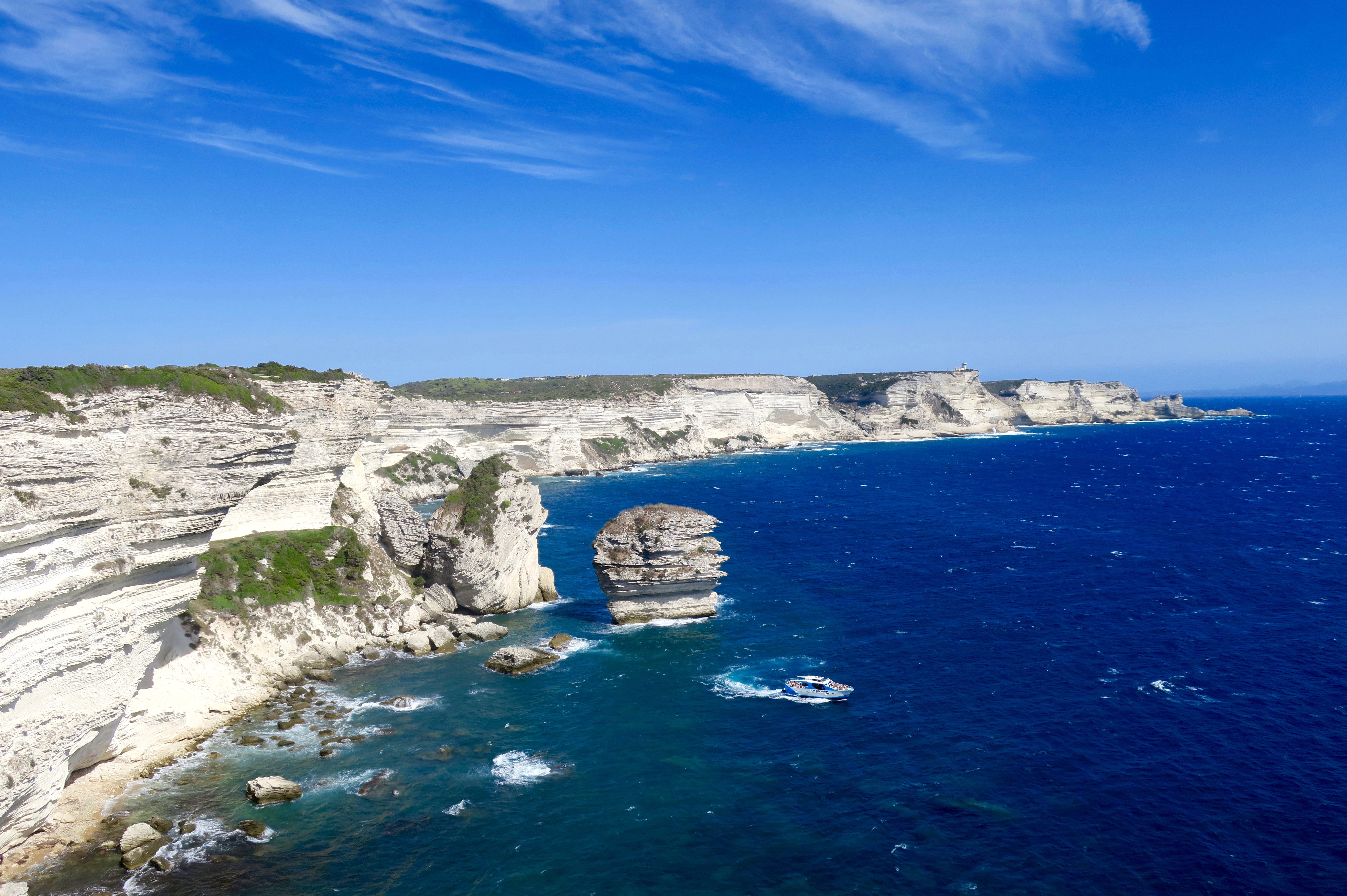




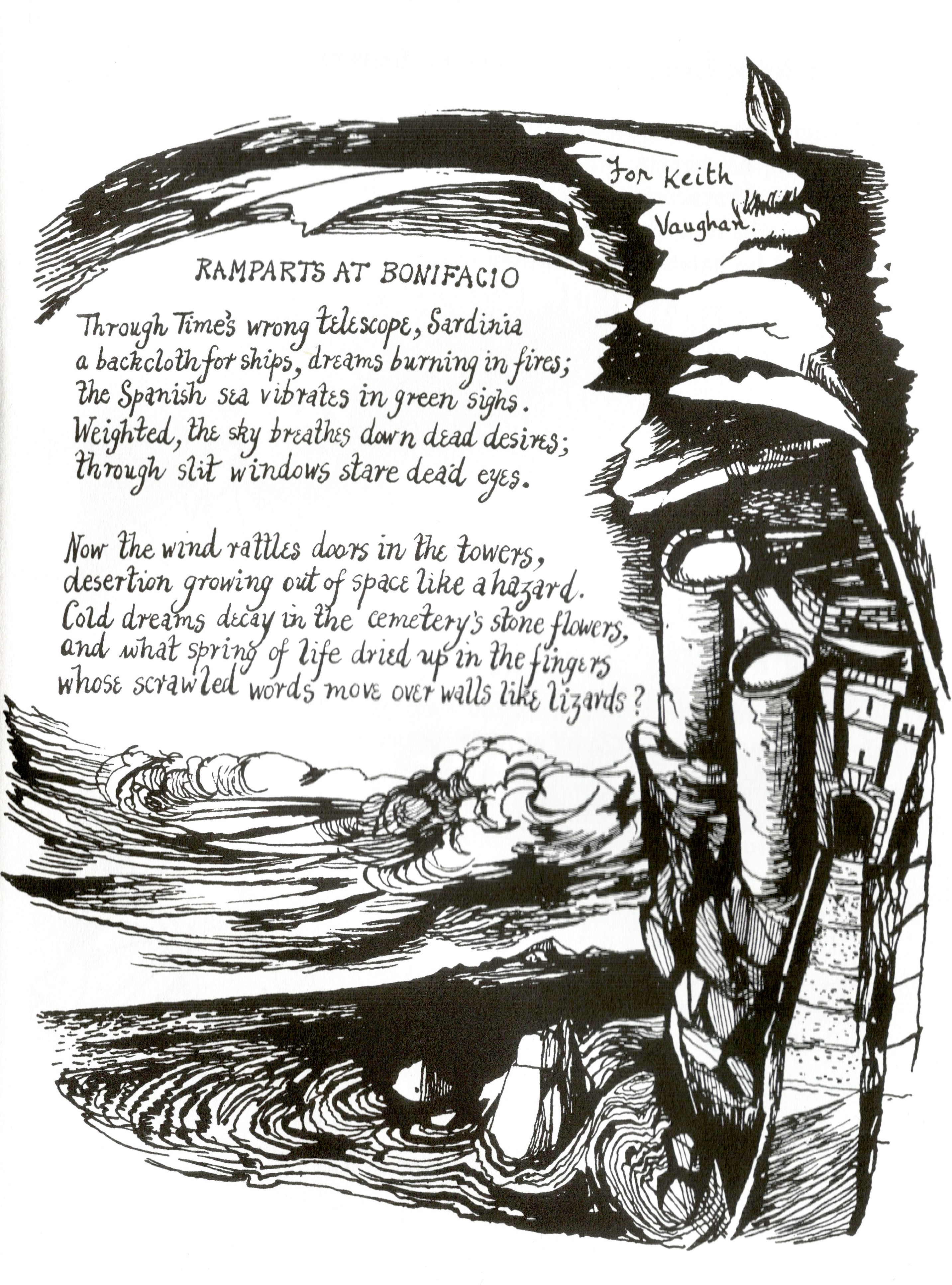

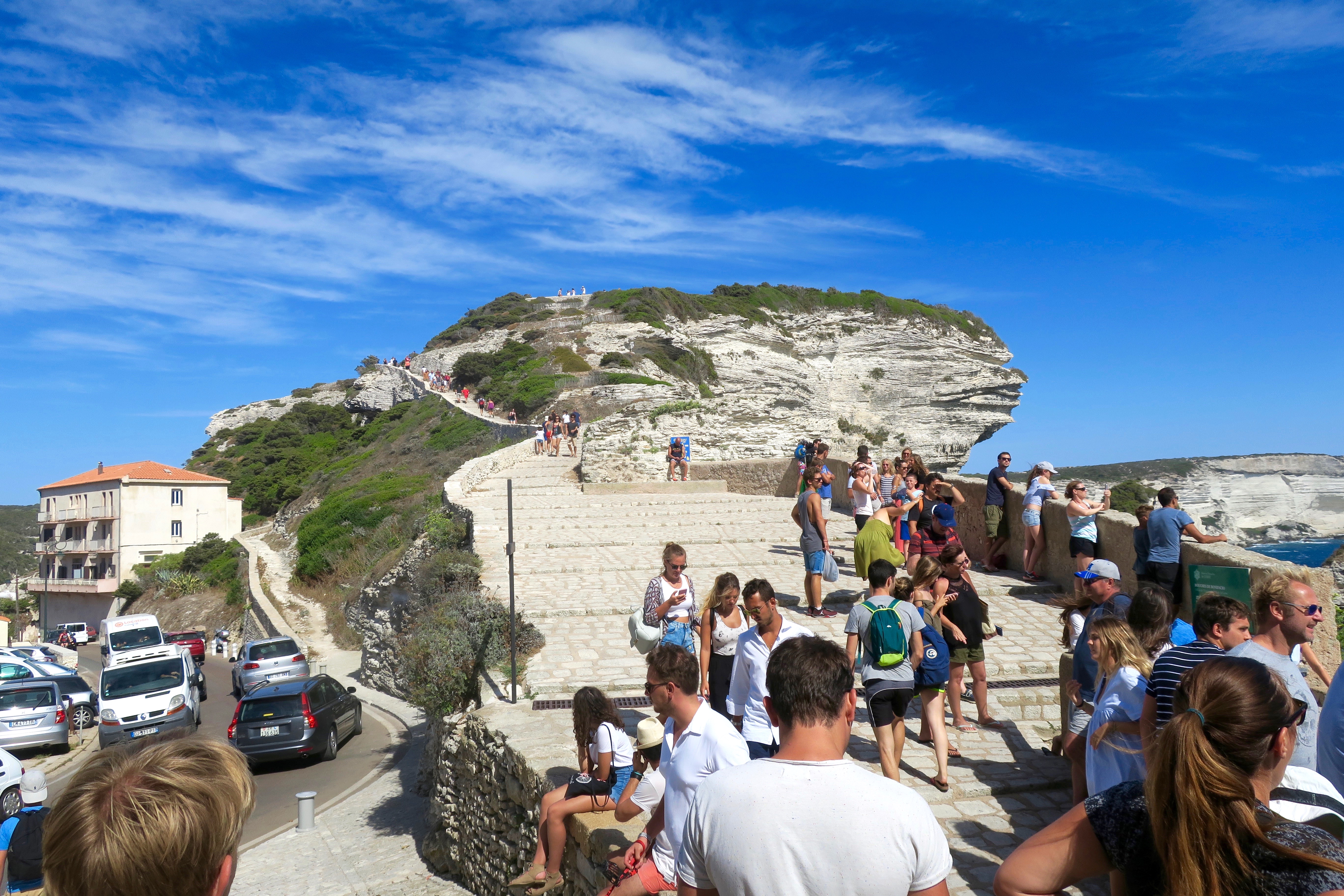

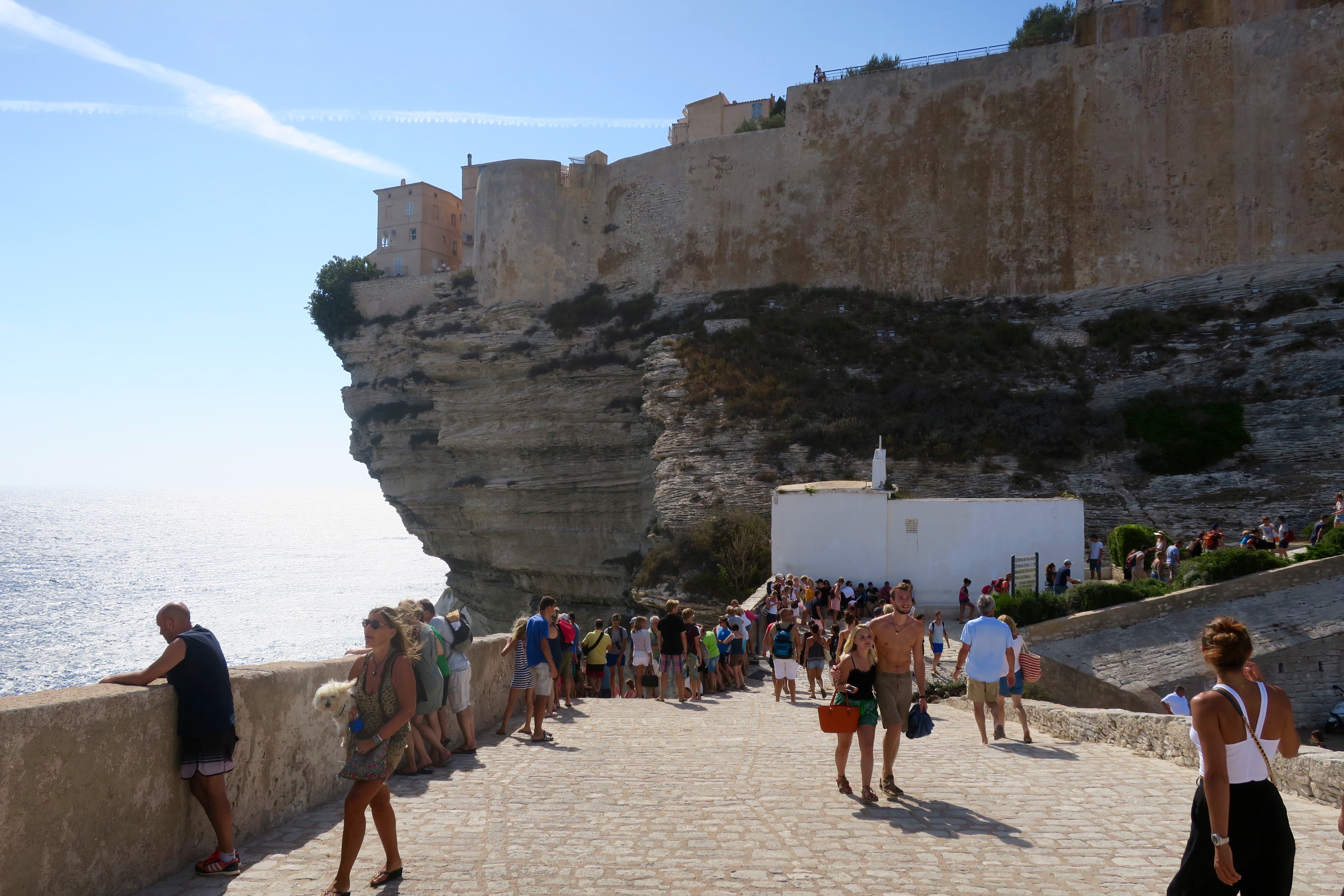
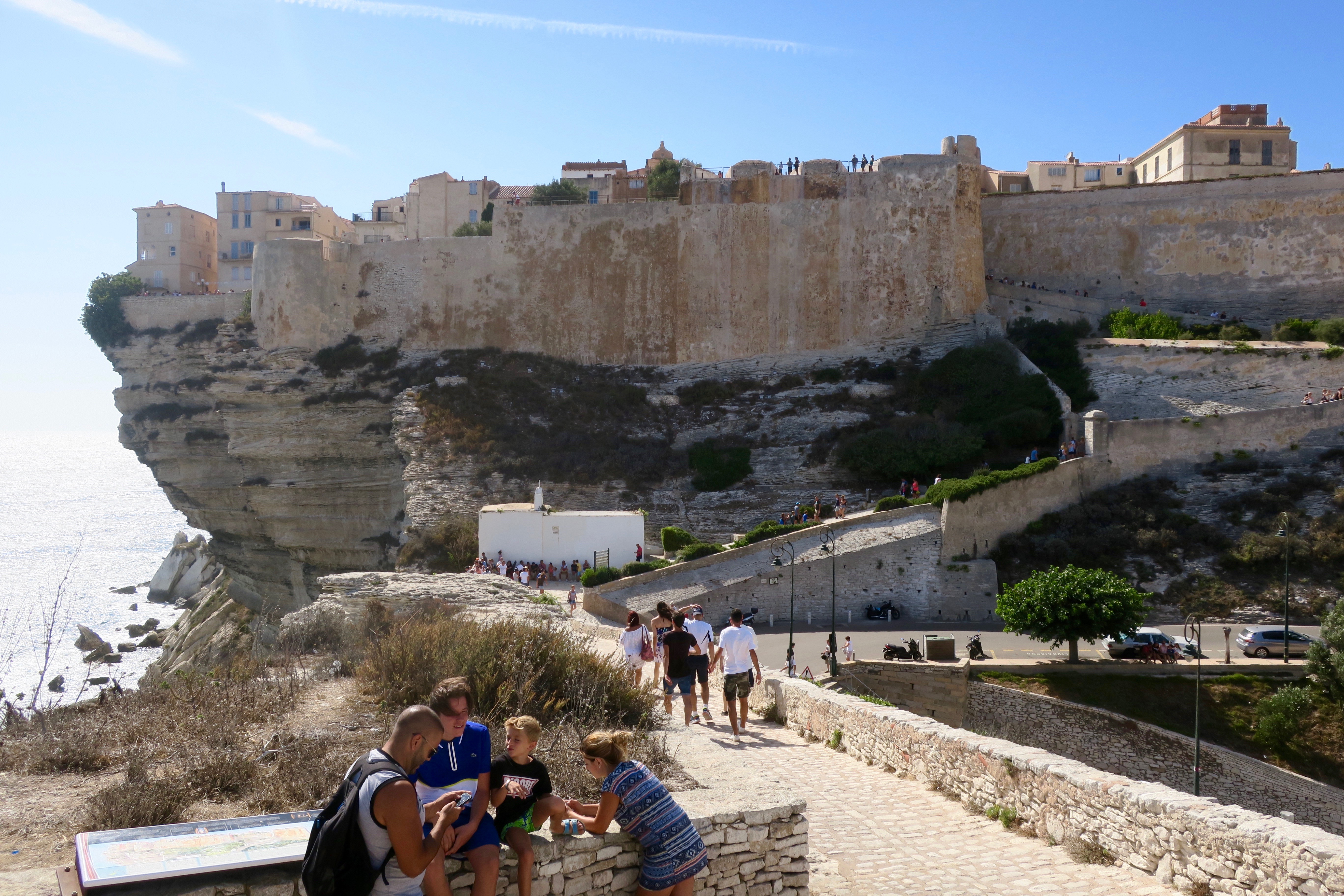
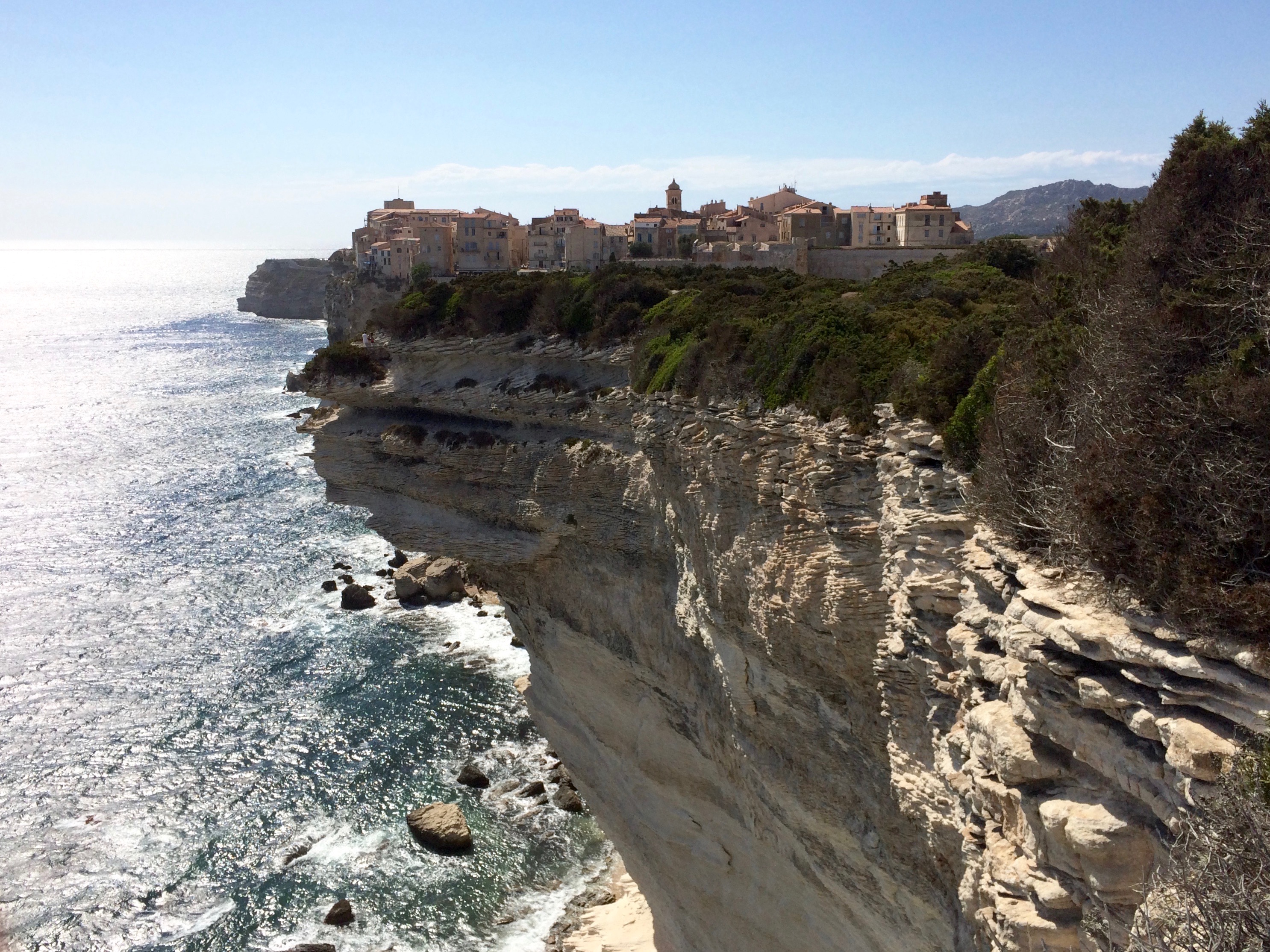
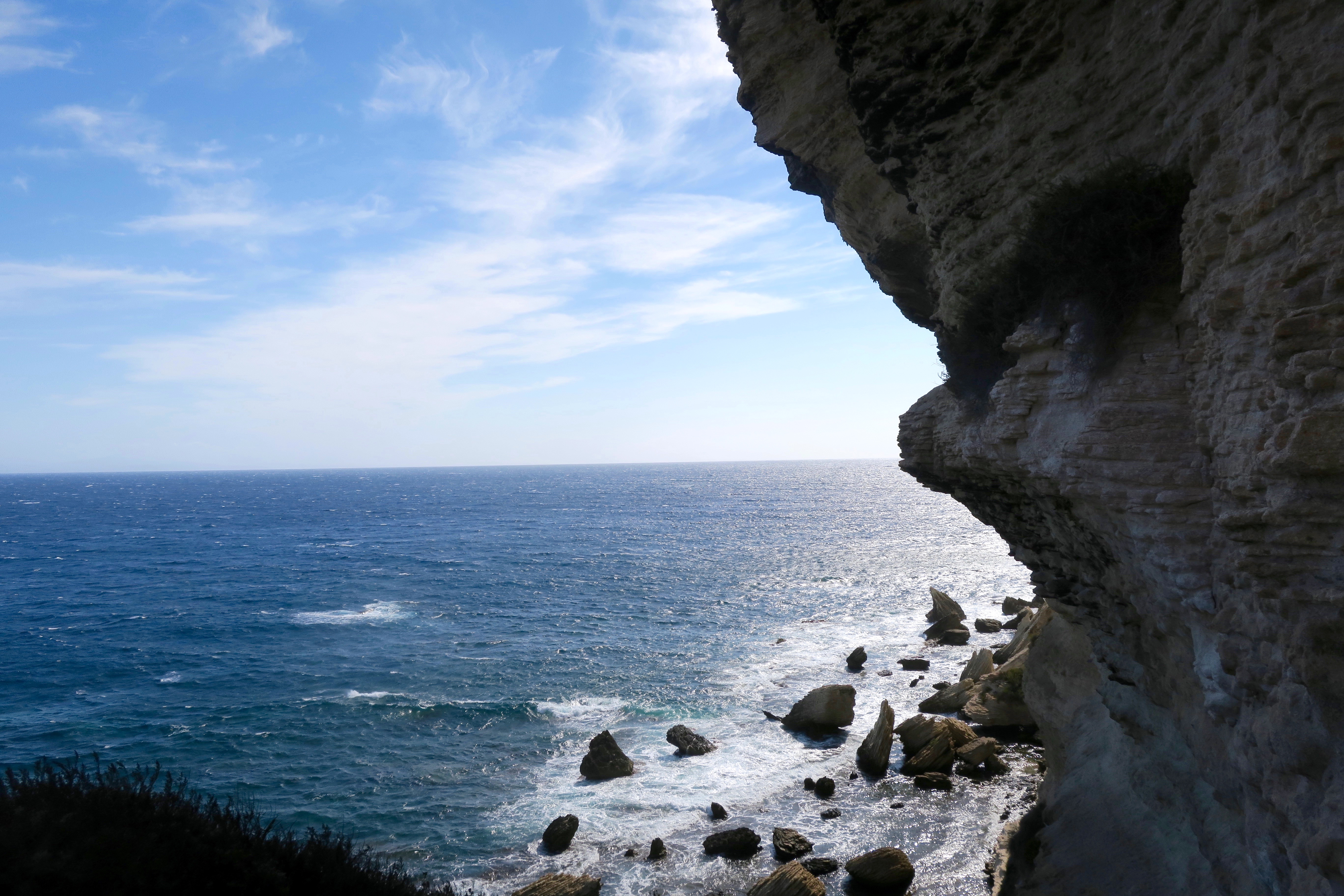


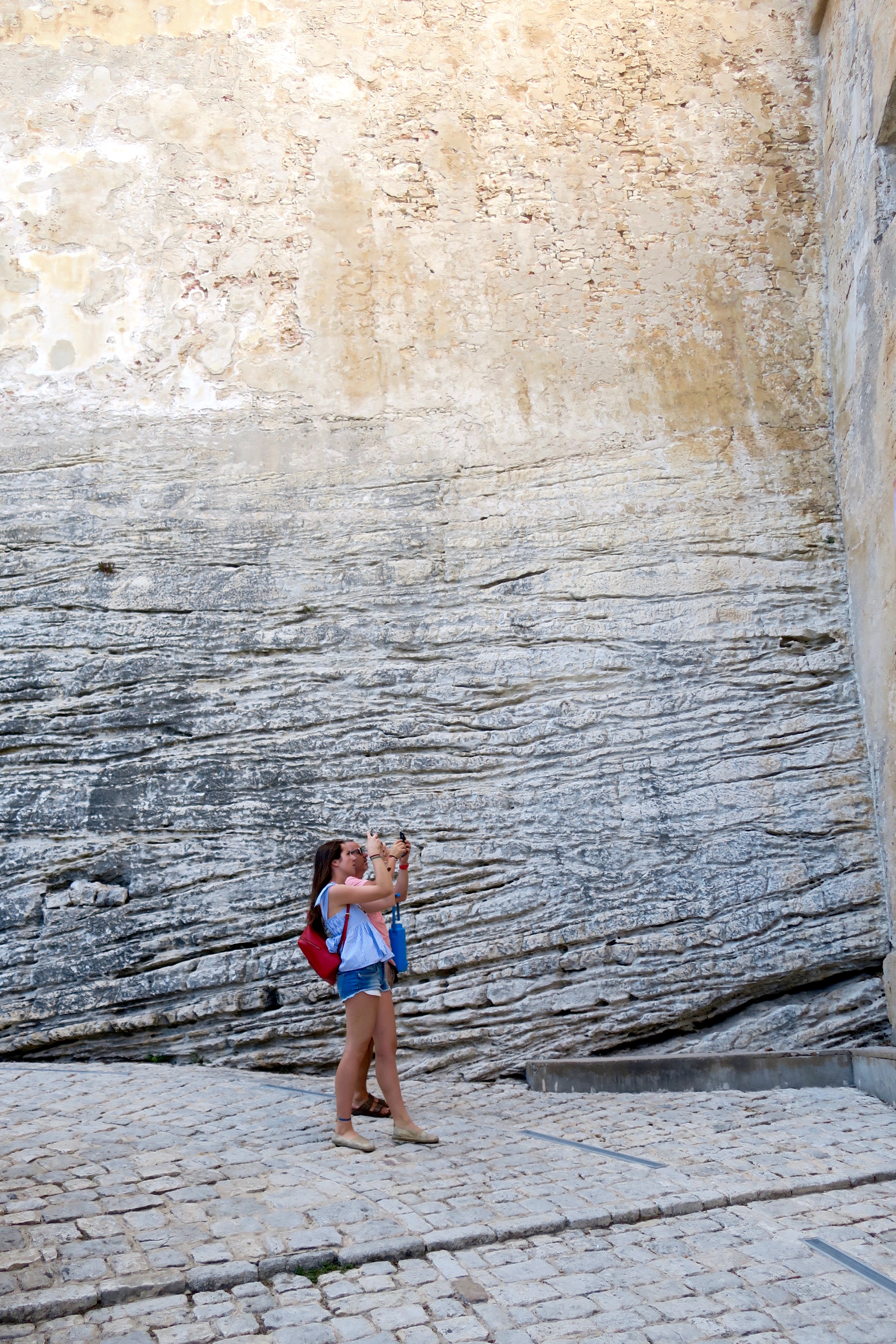
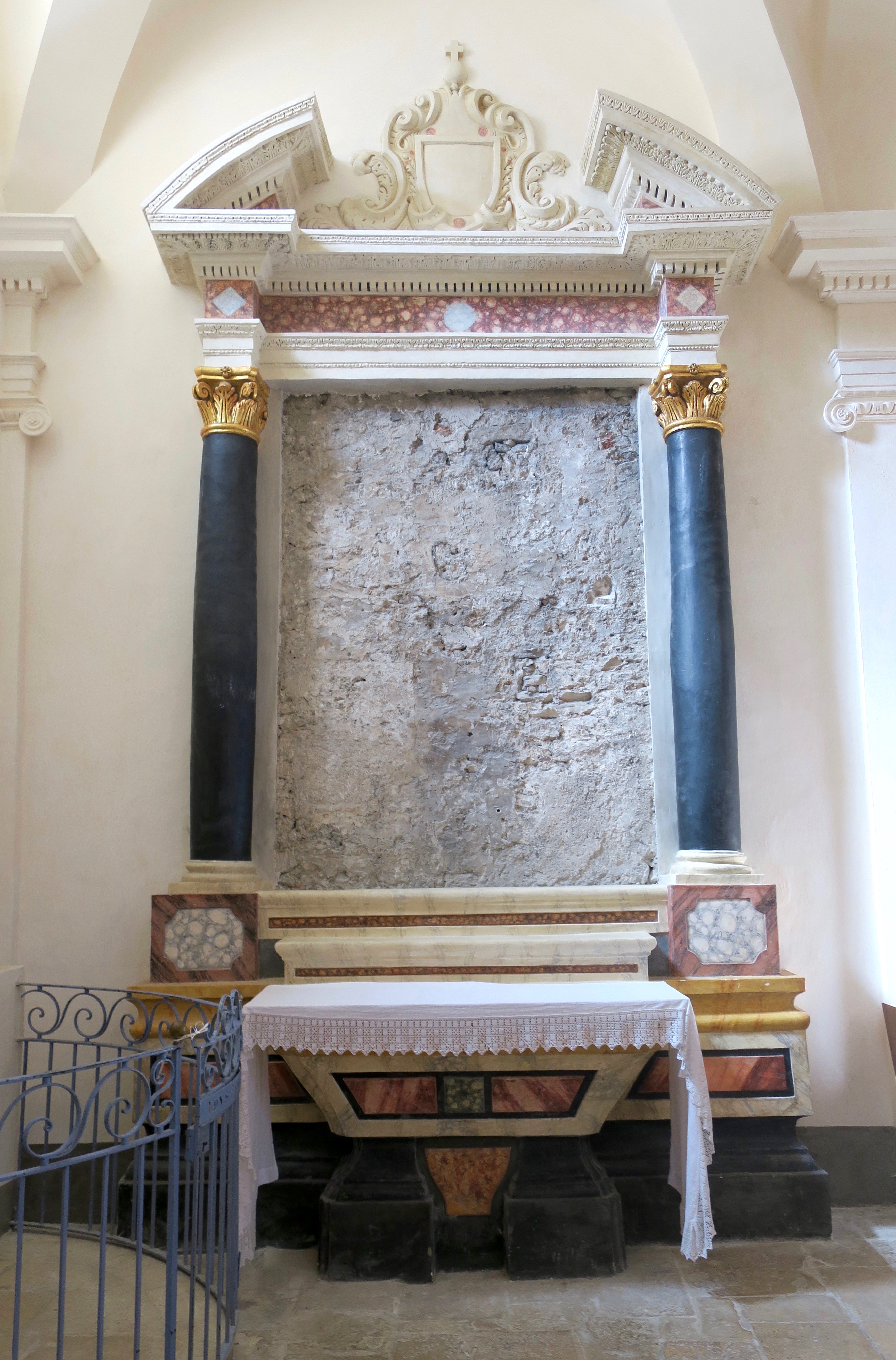



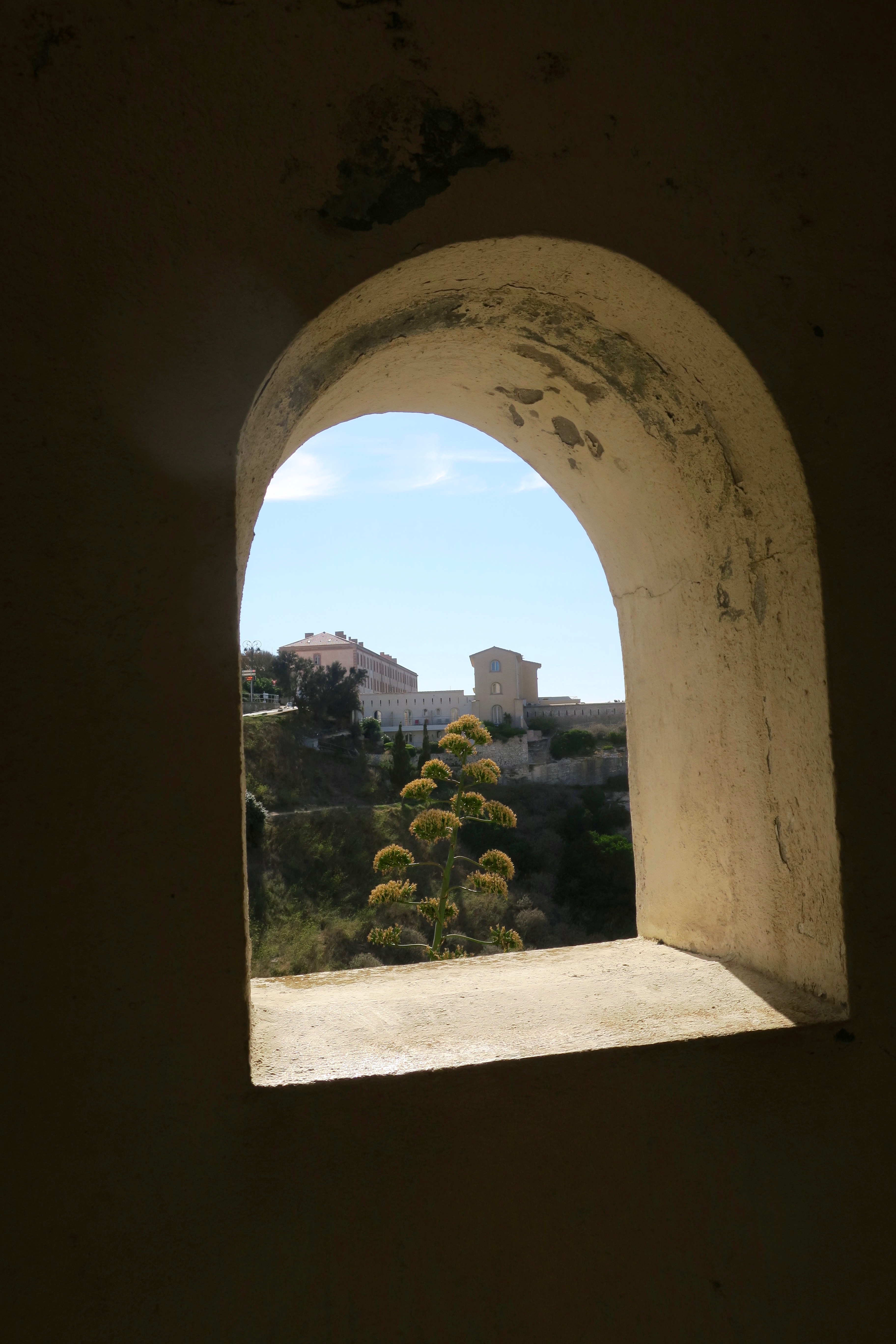

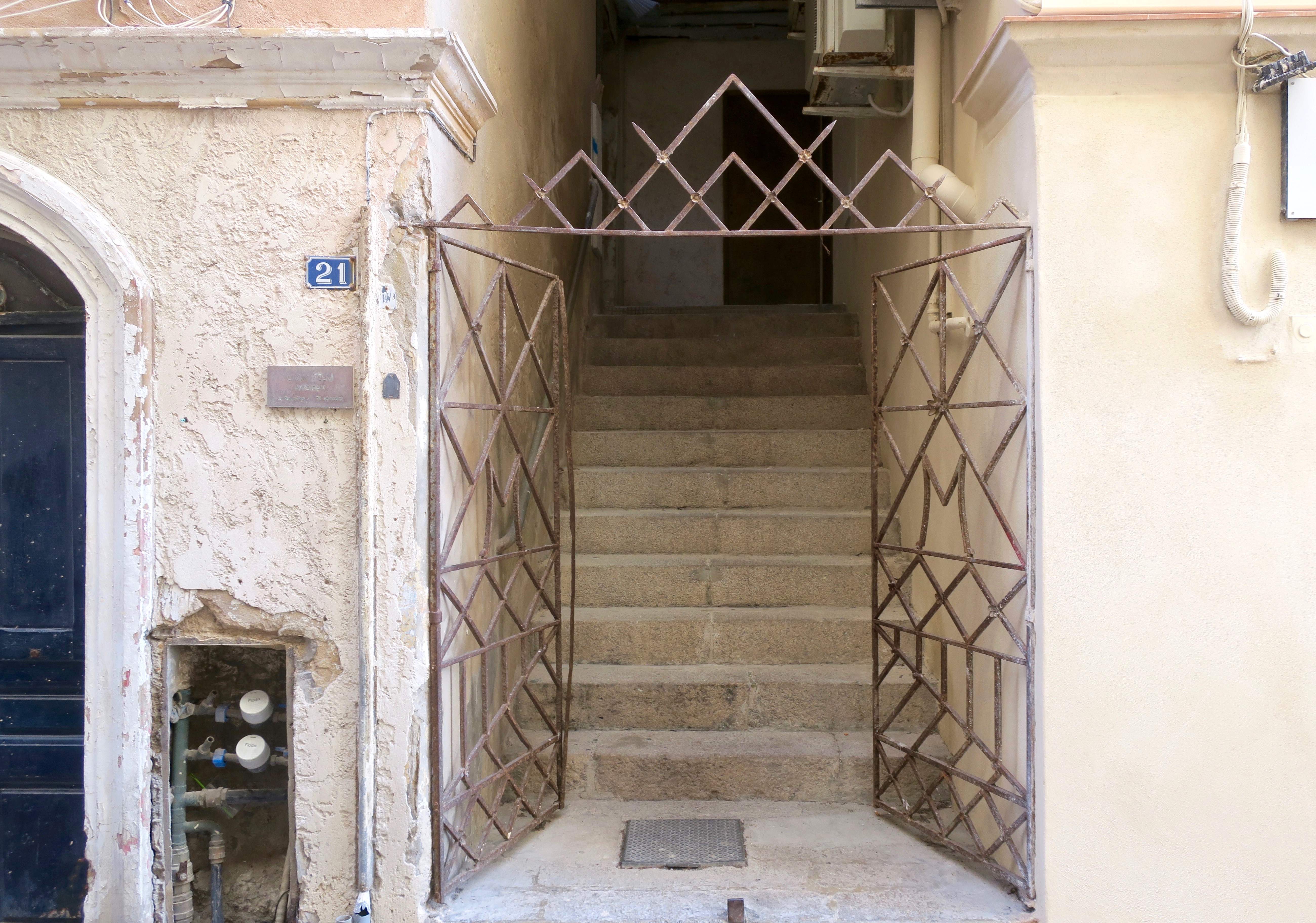


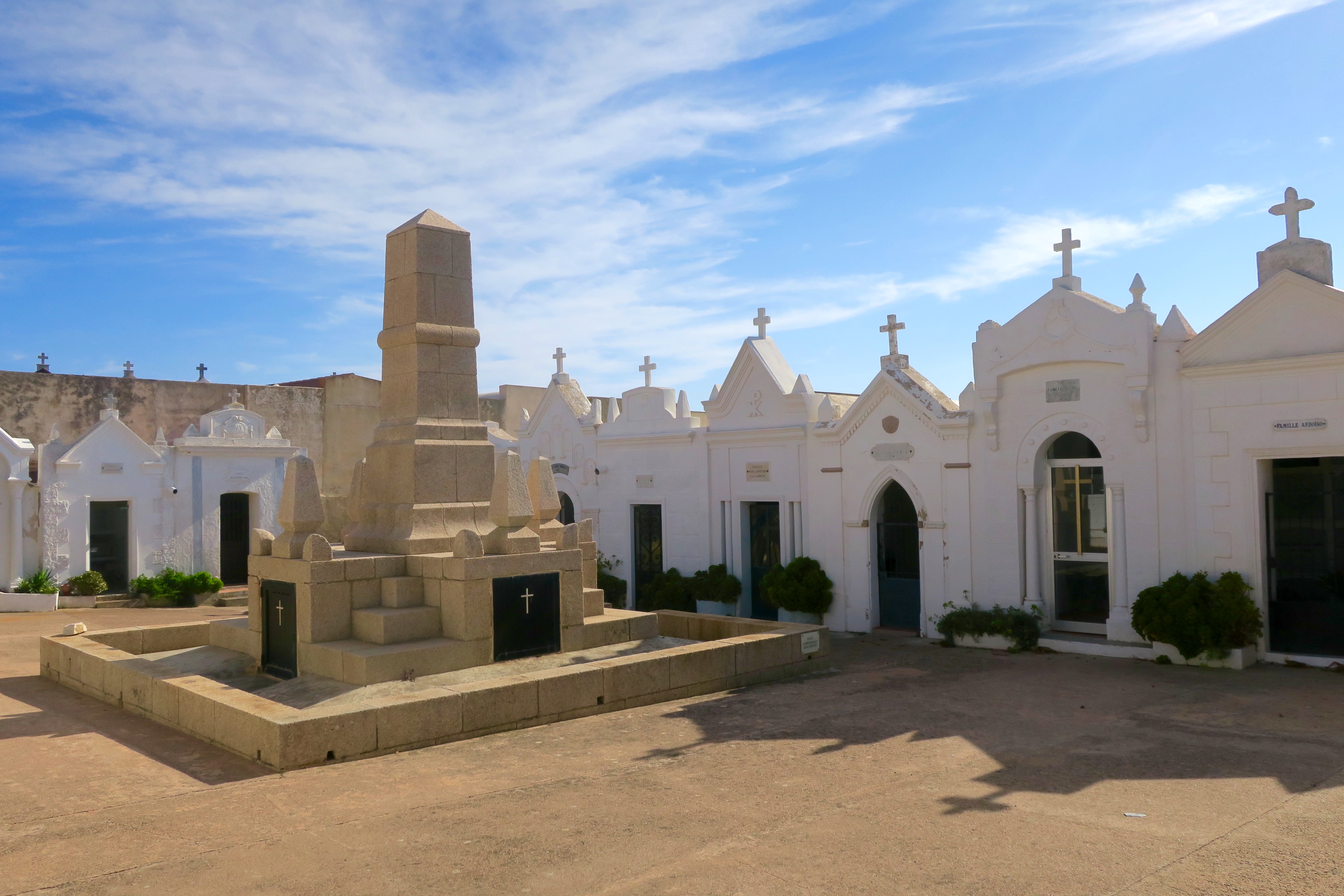
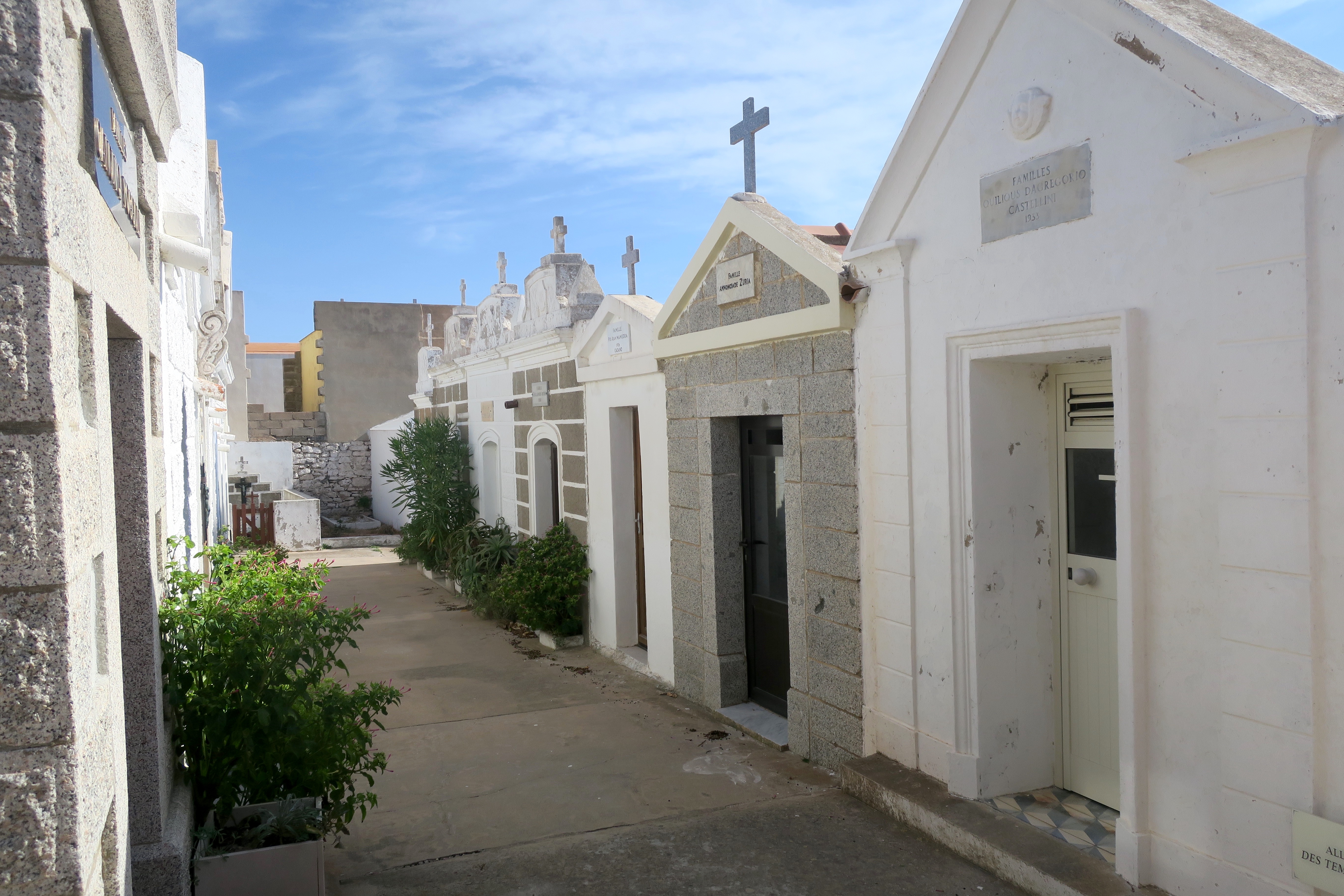
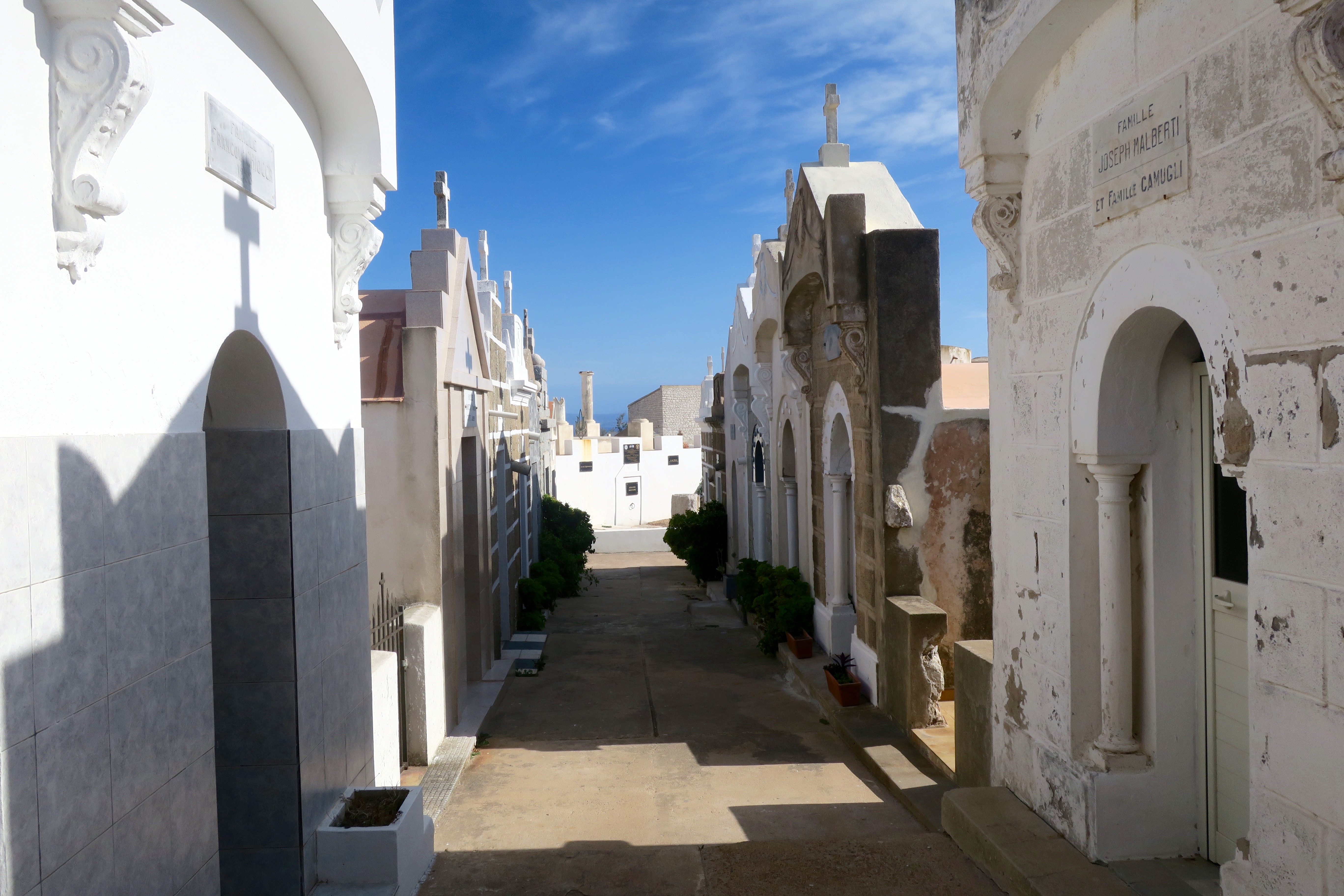
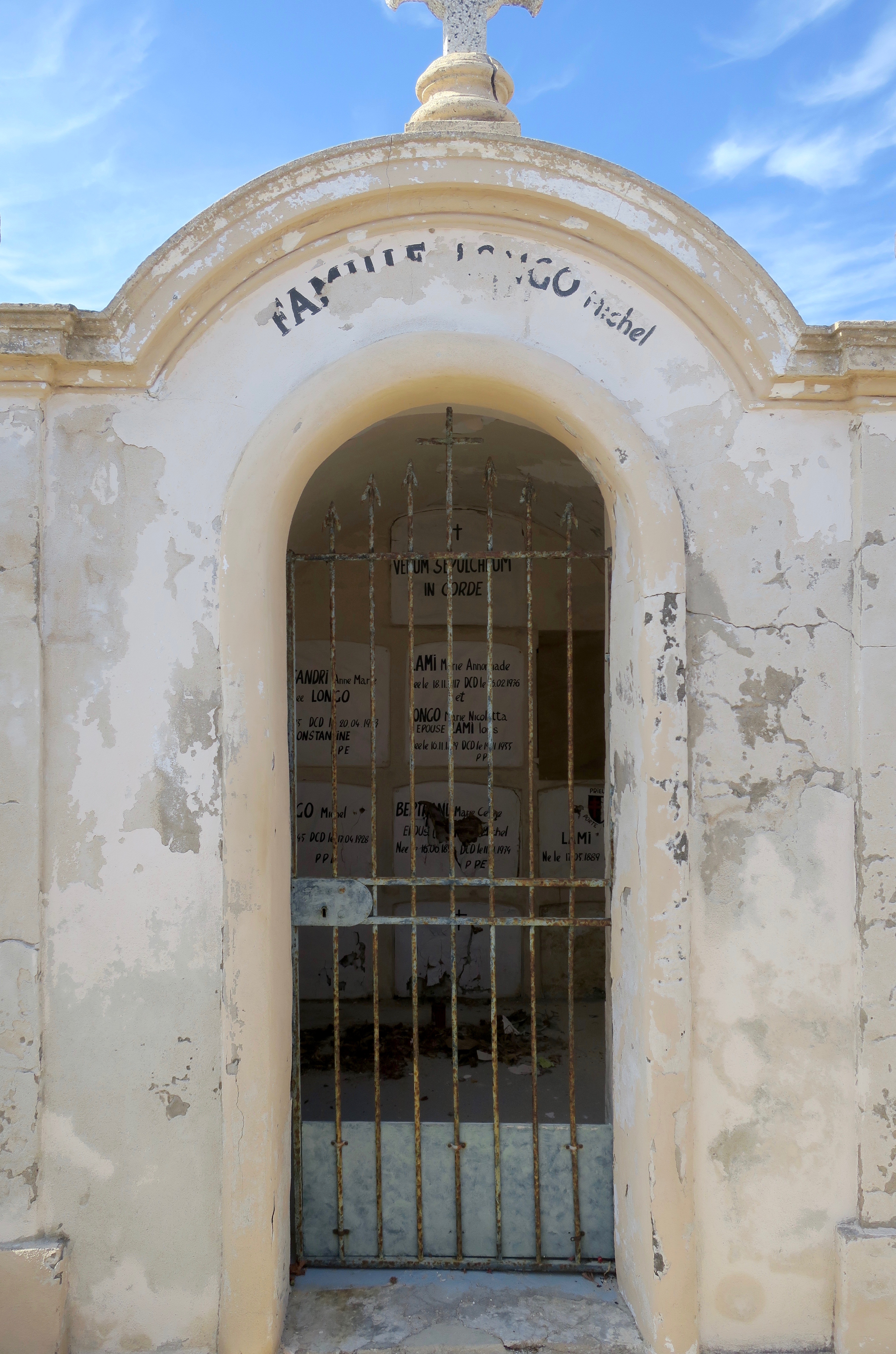
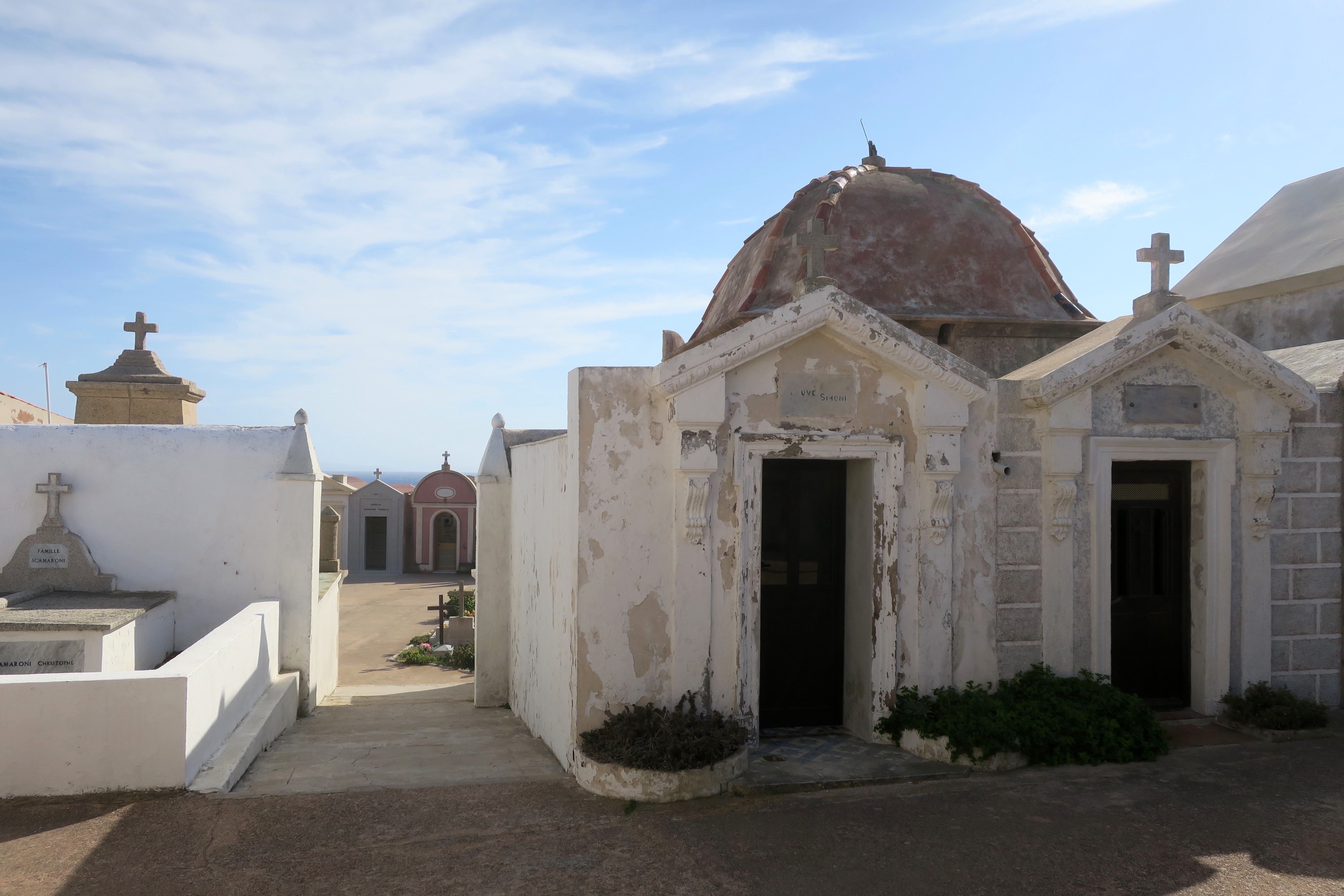
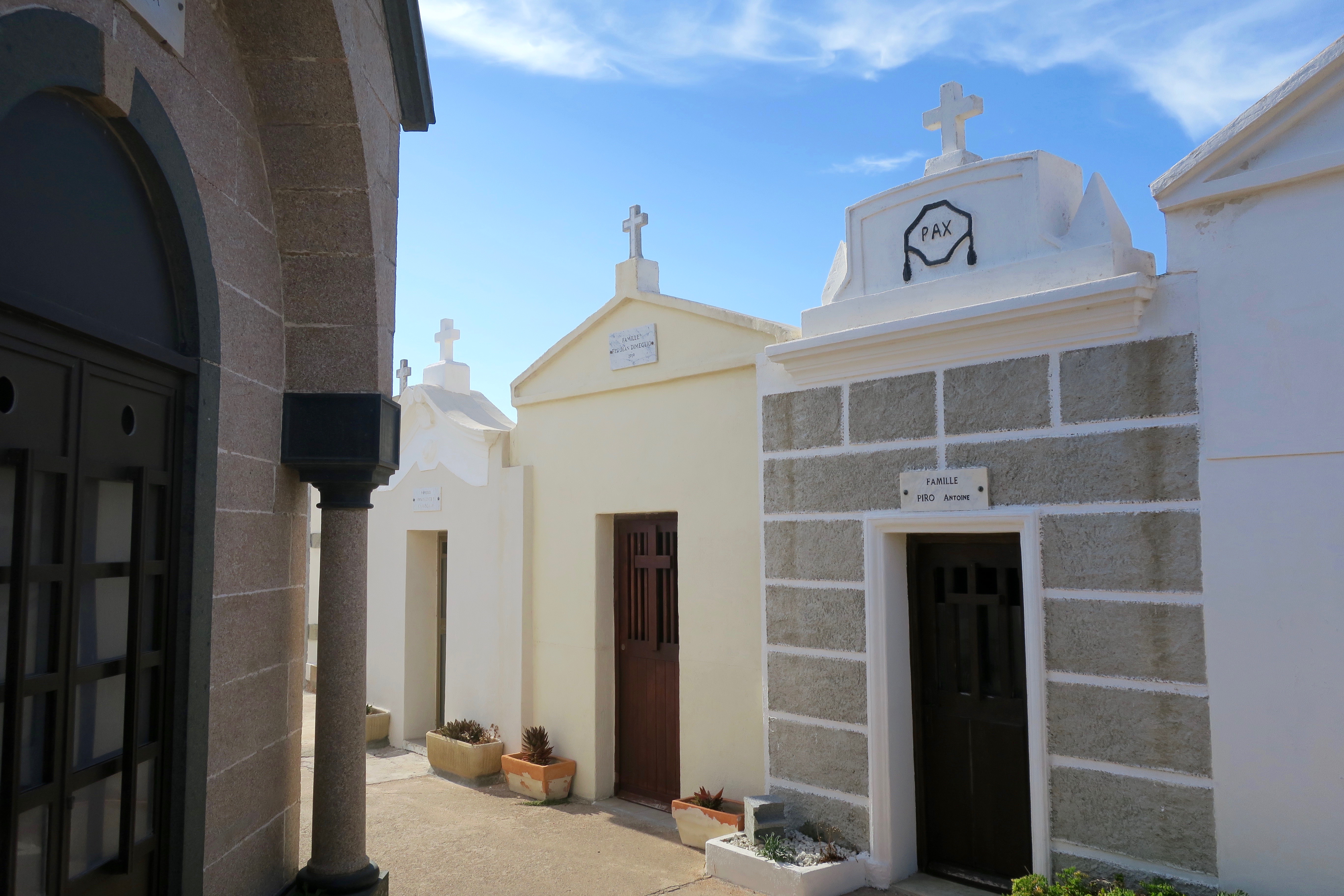
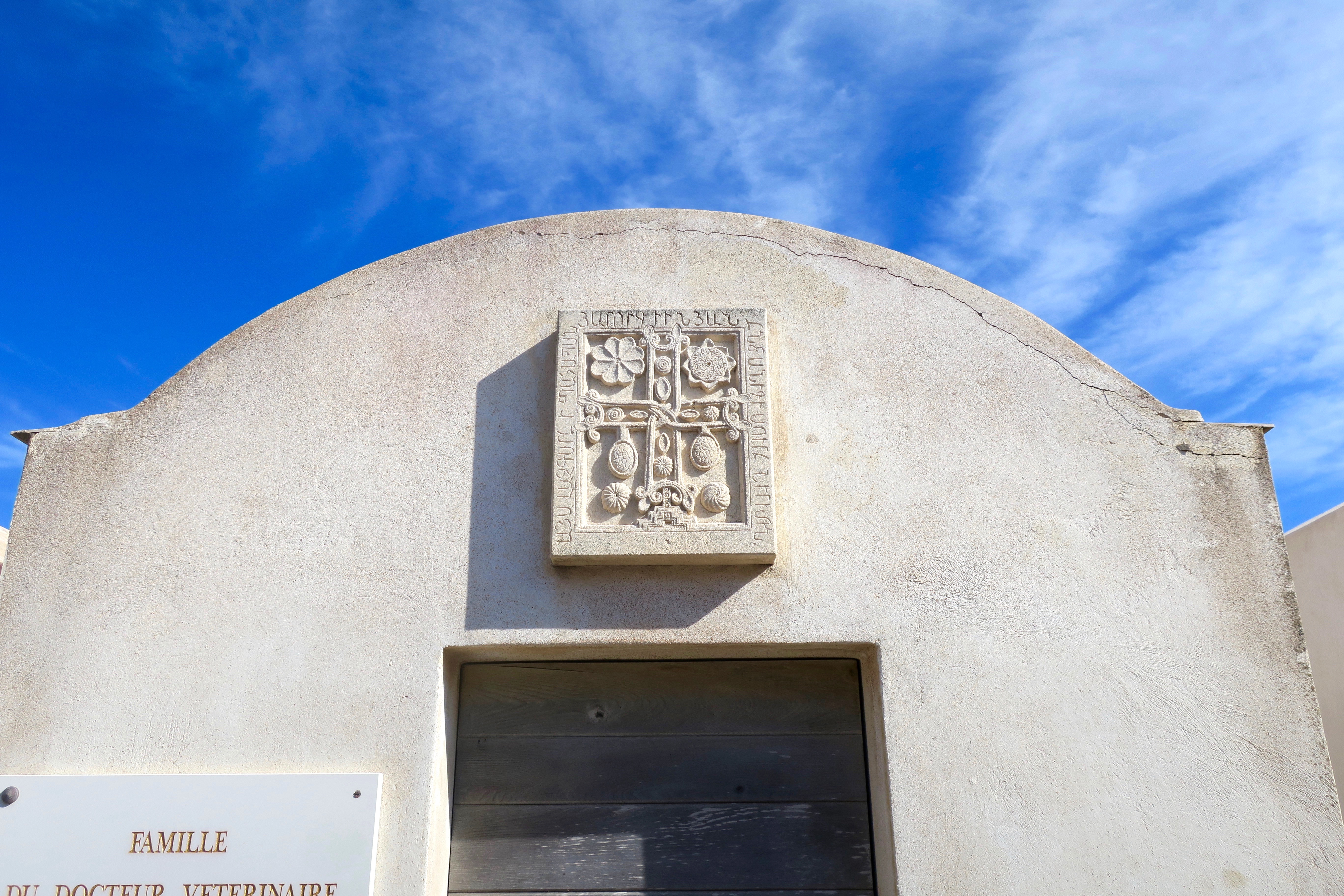
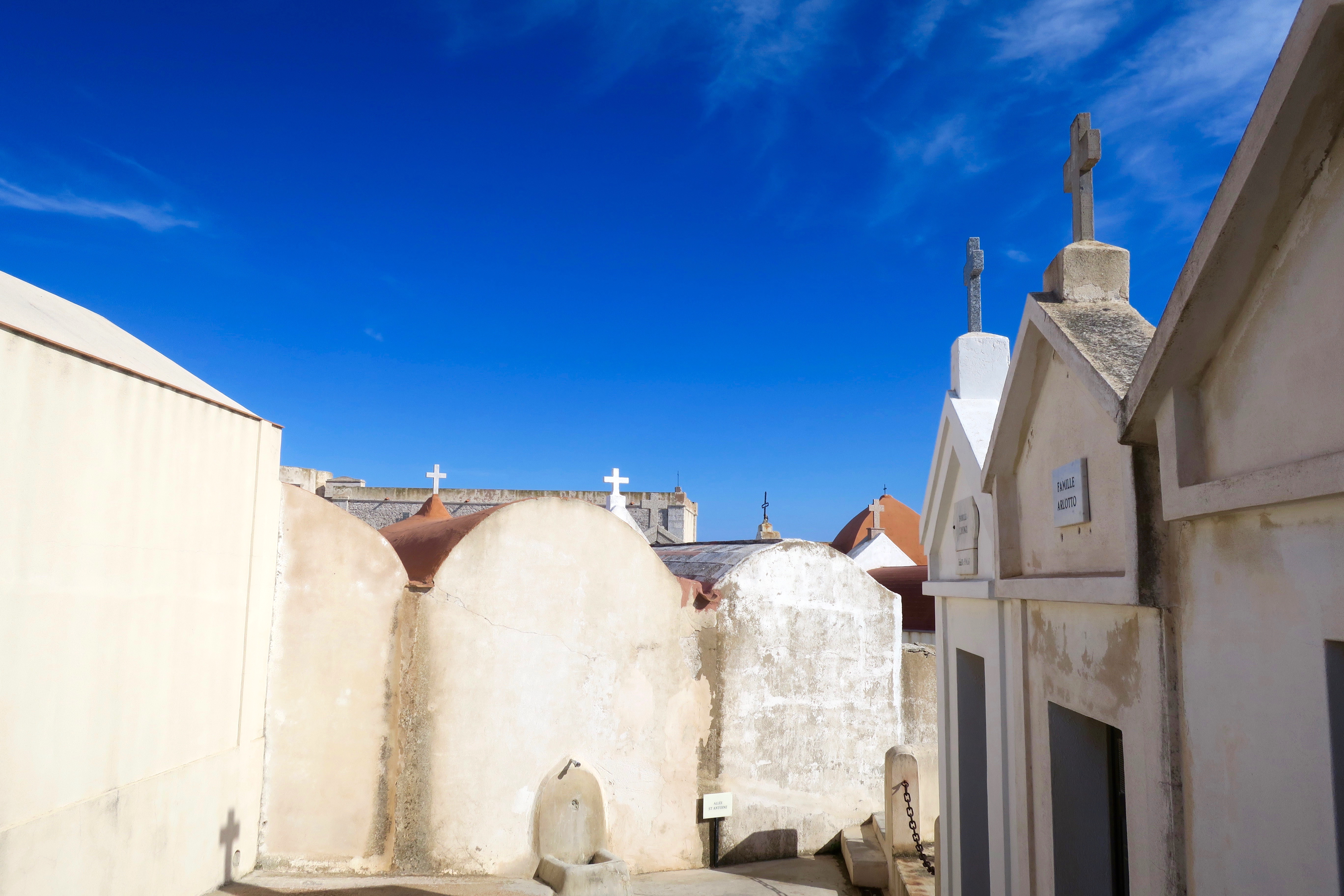
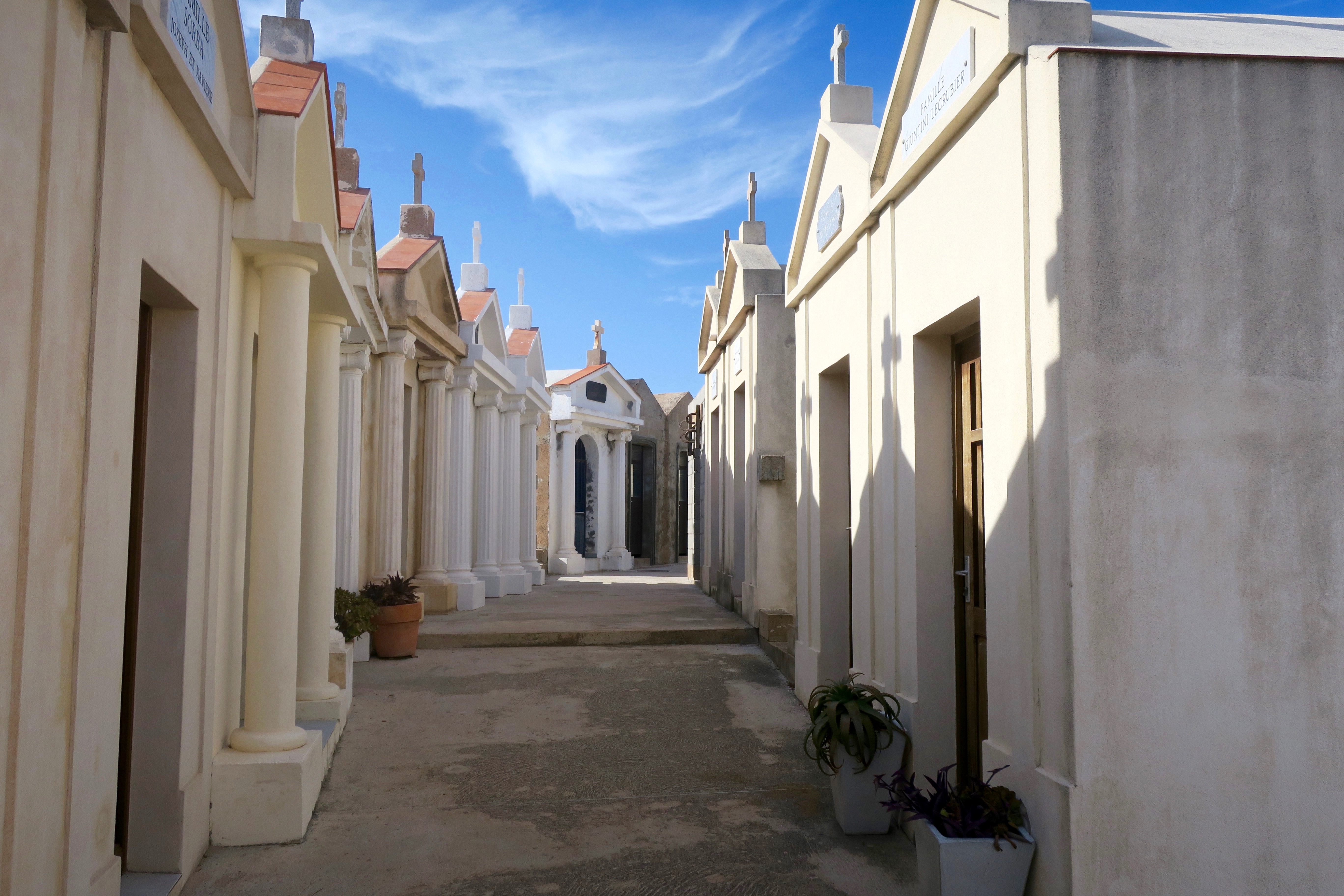

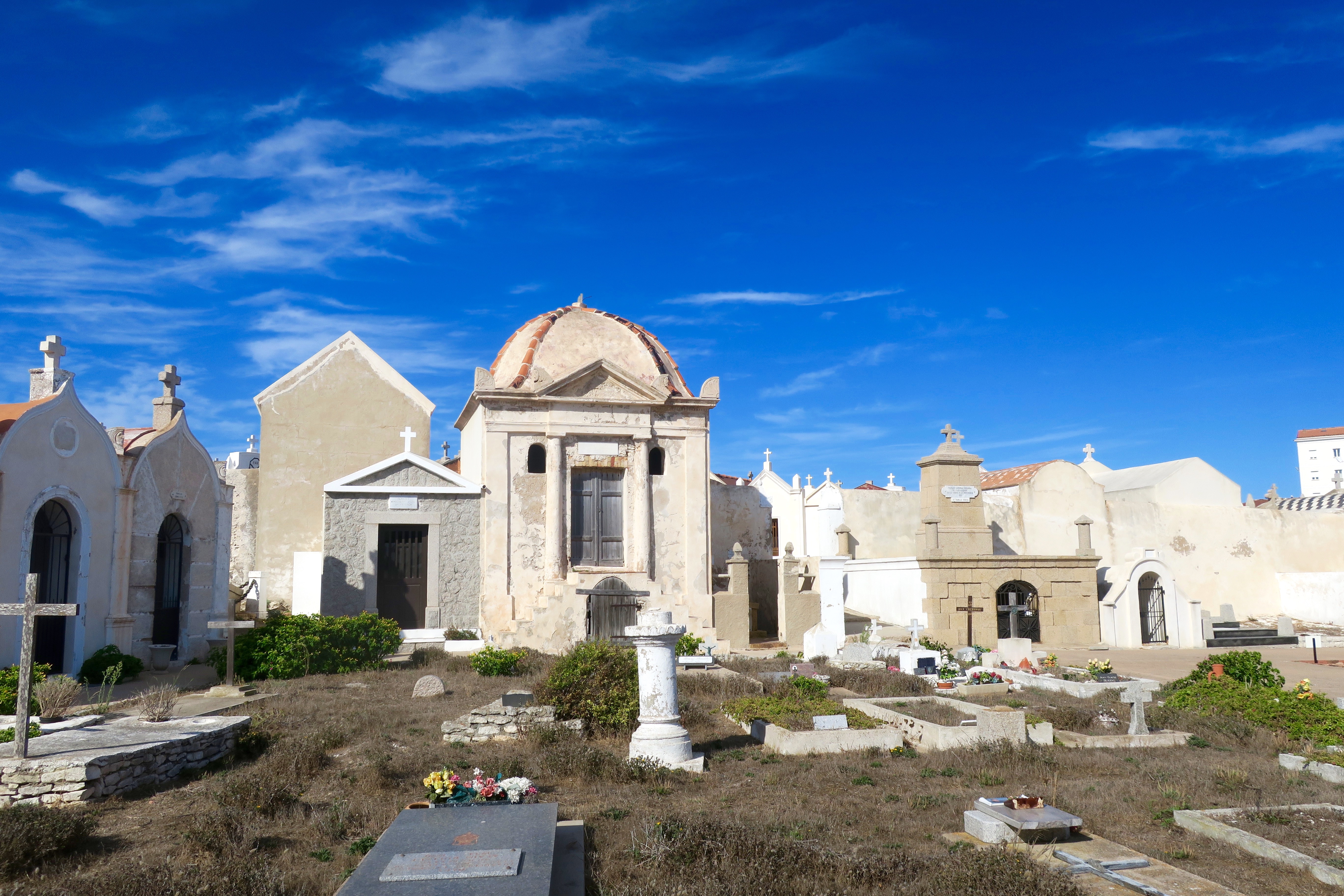
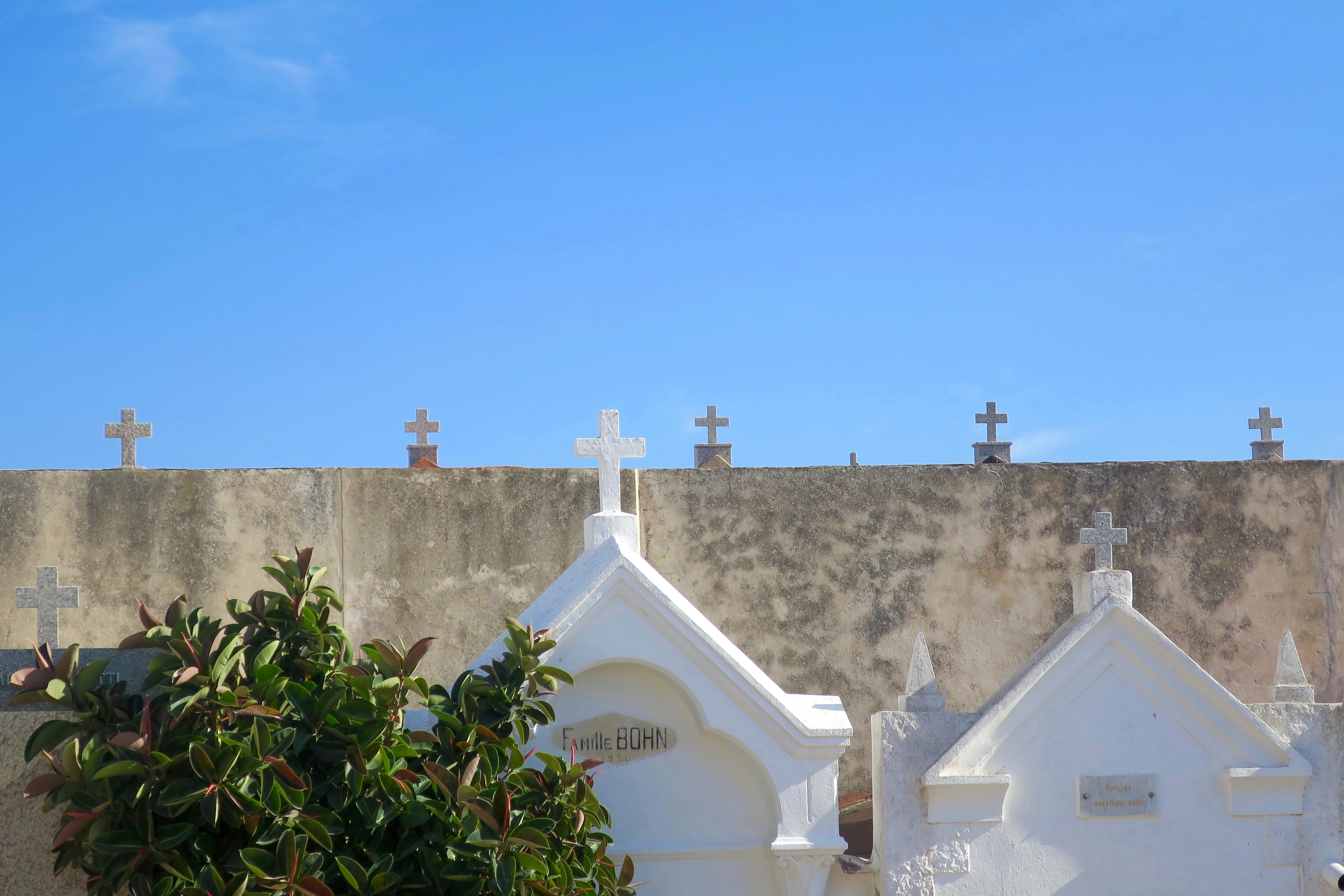
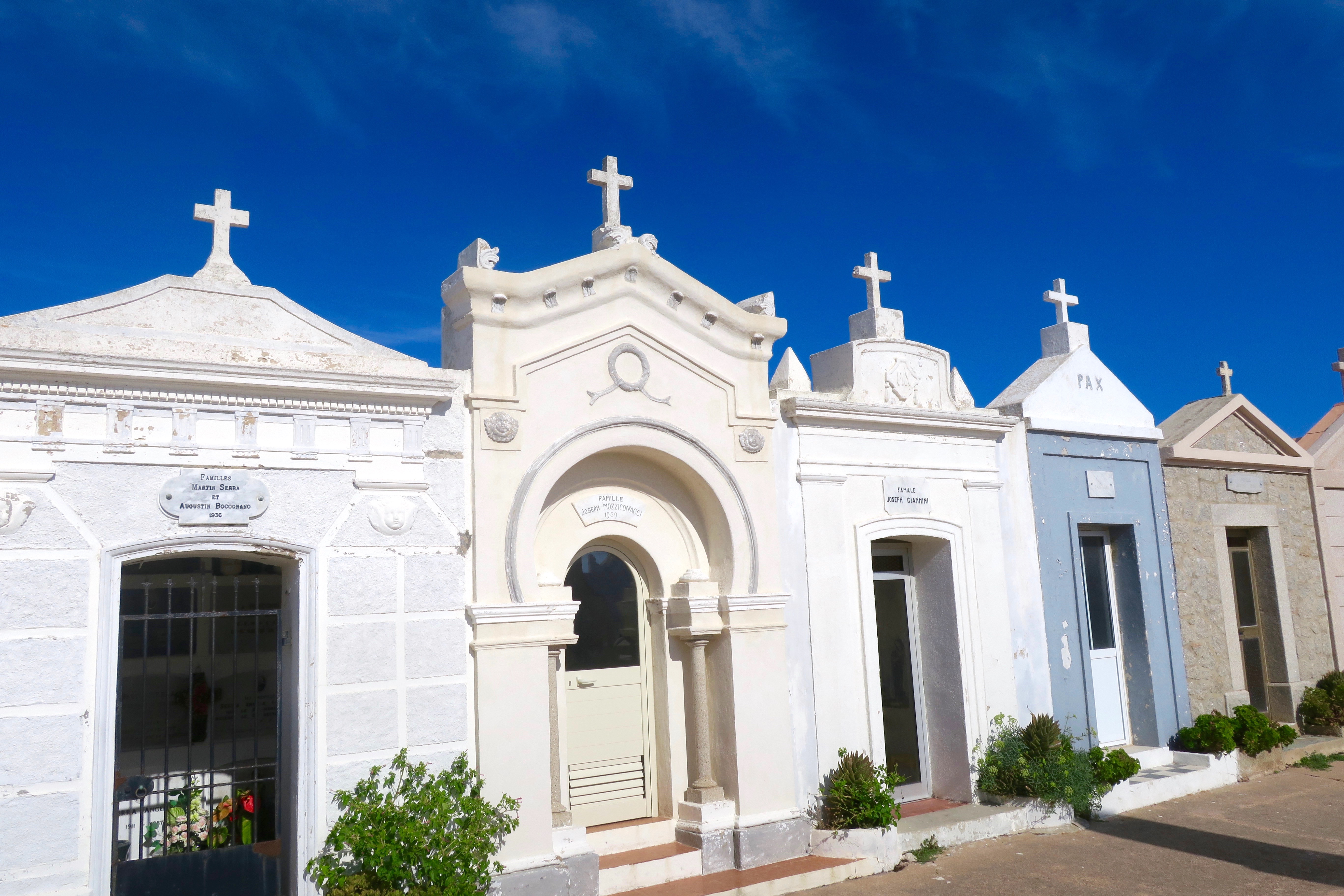
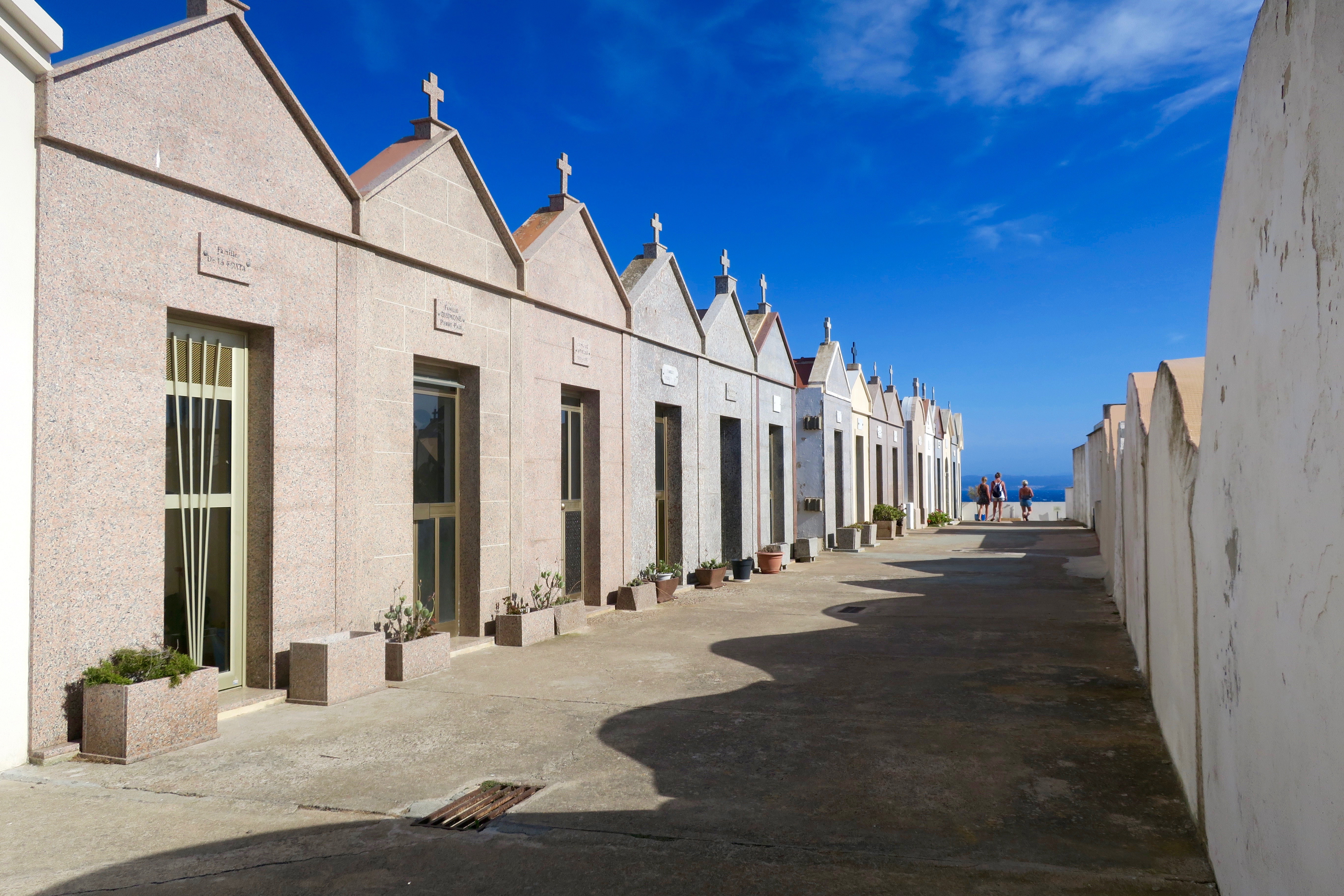
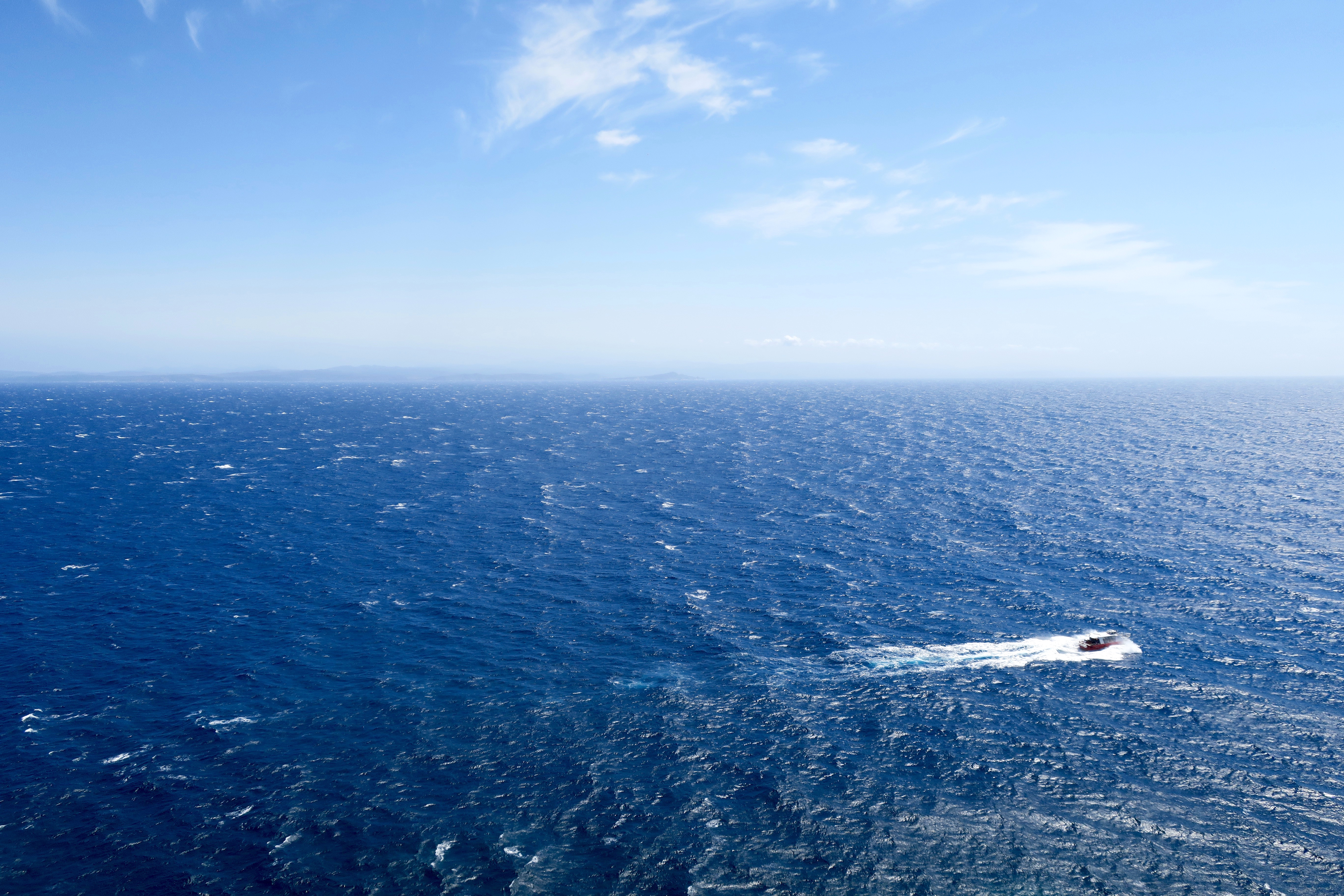
Fantastic.